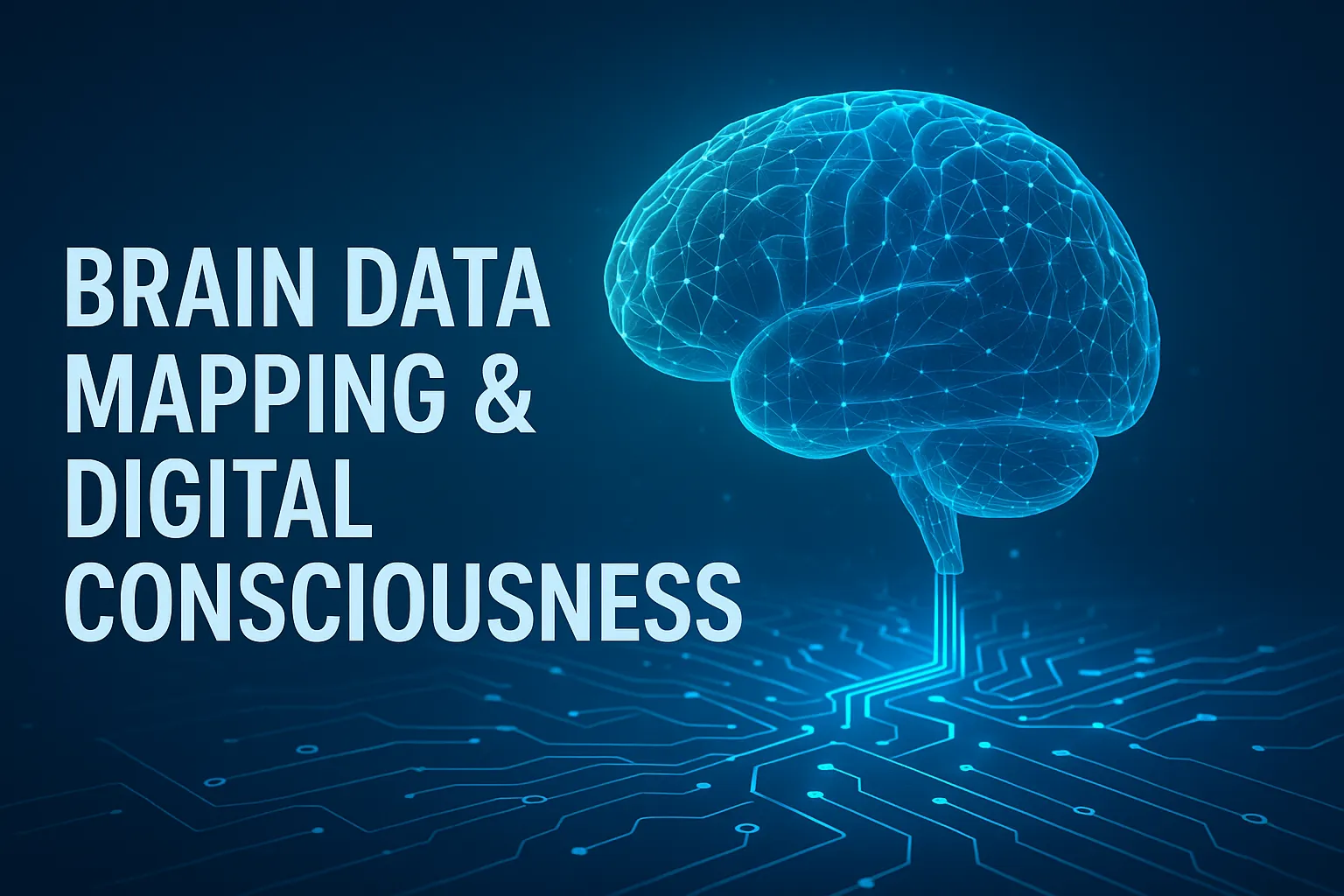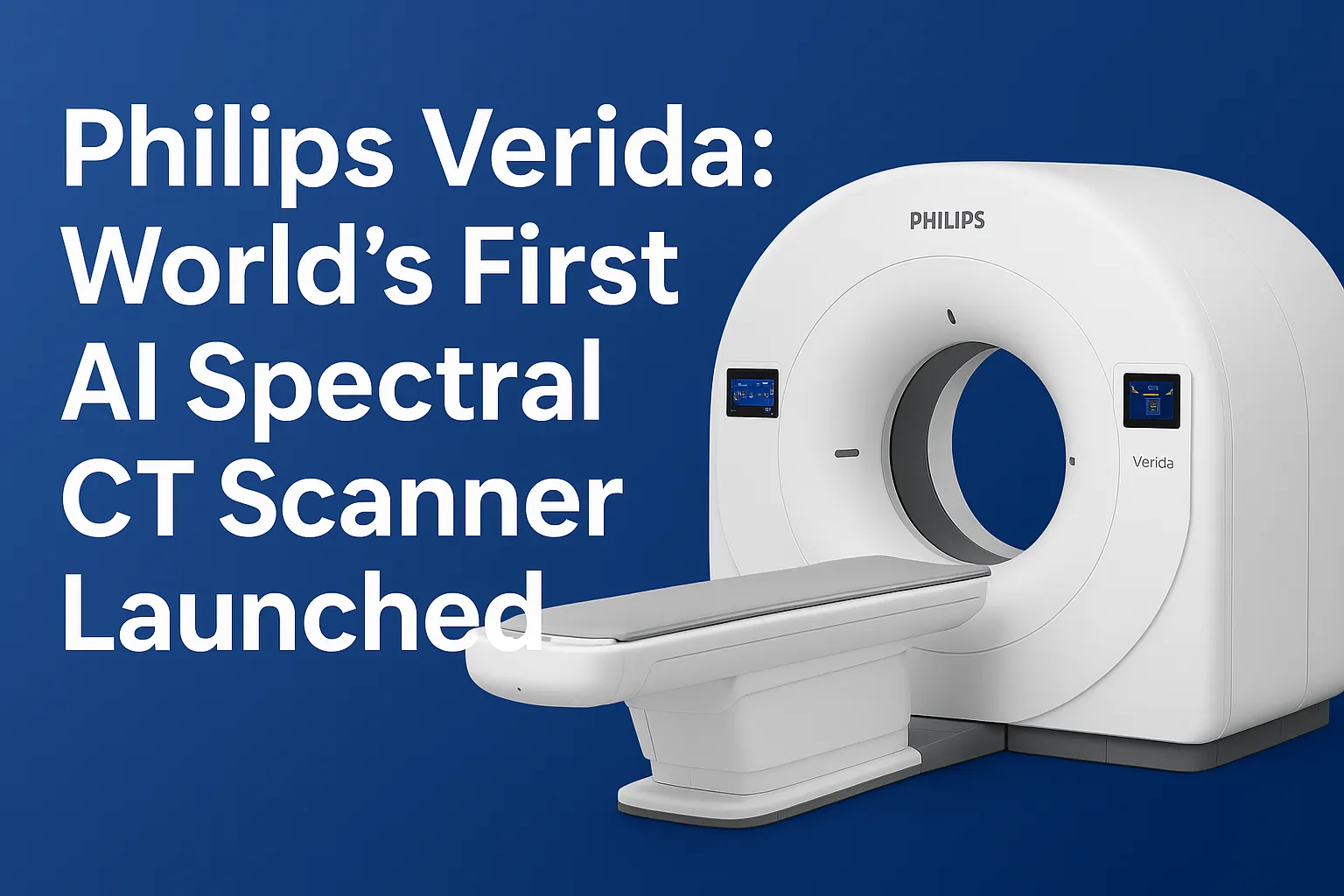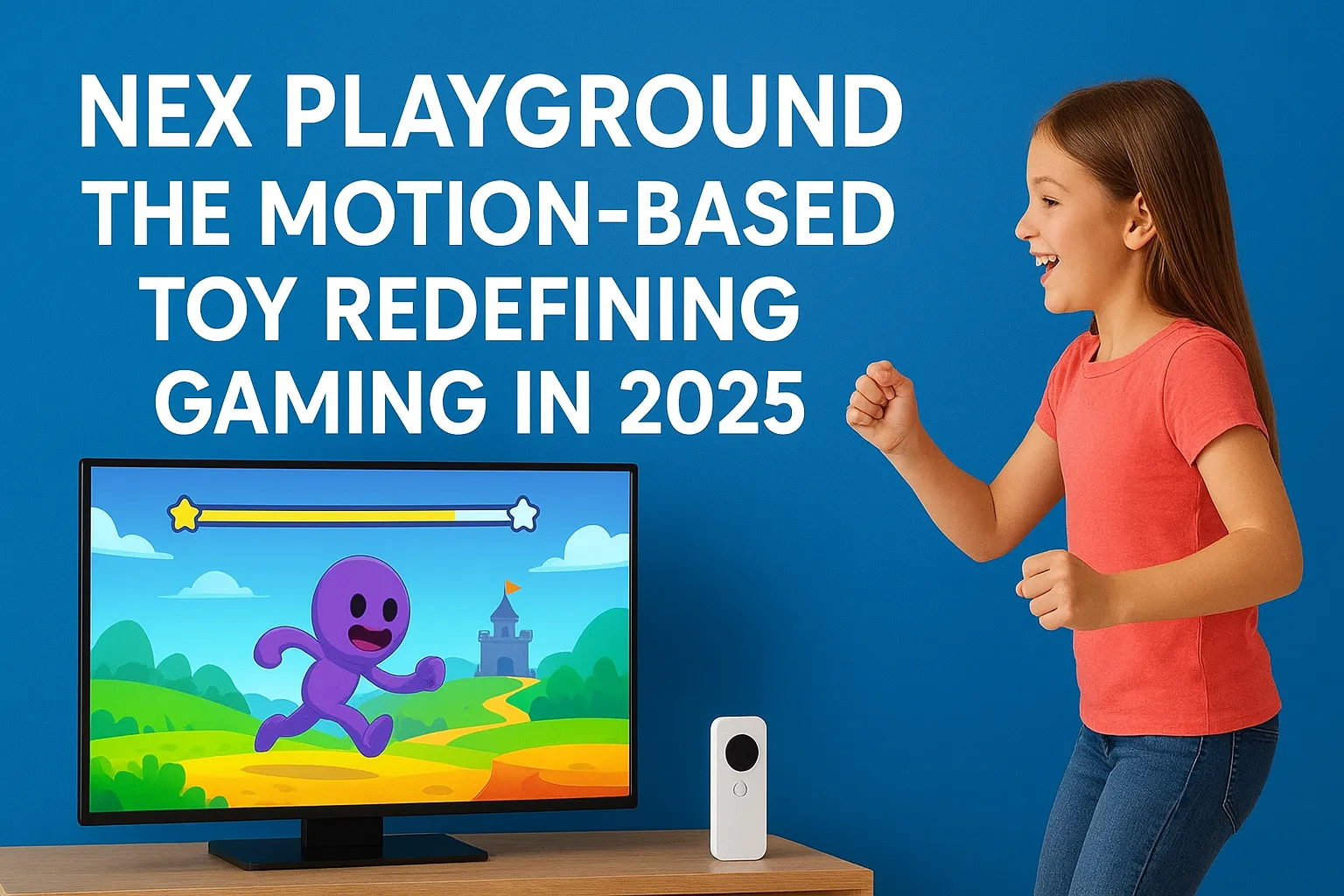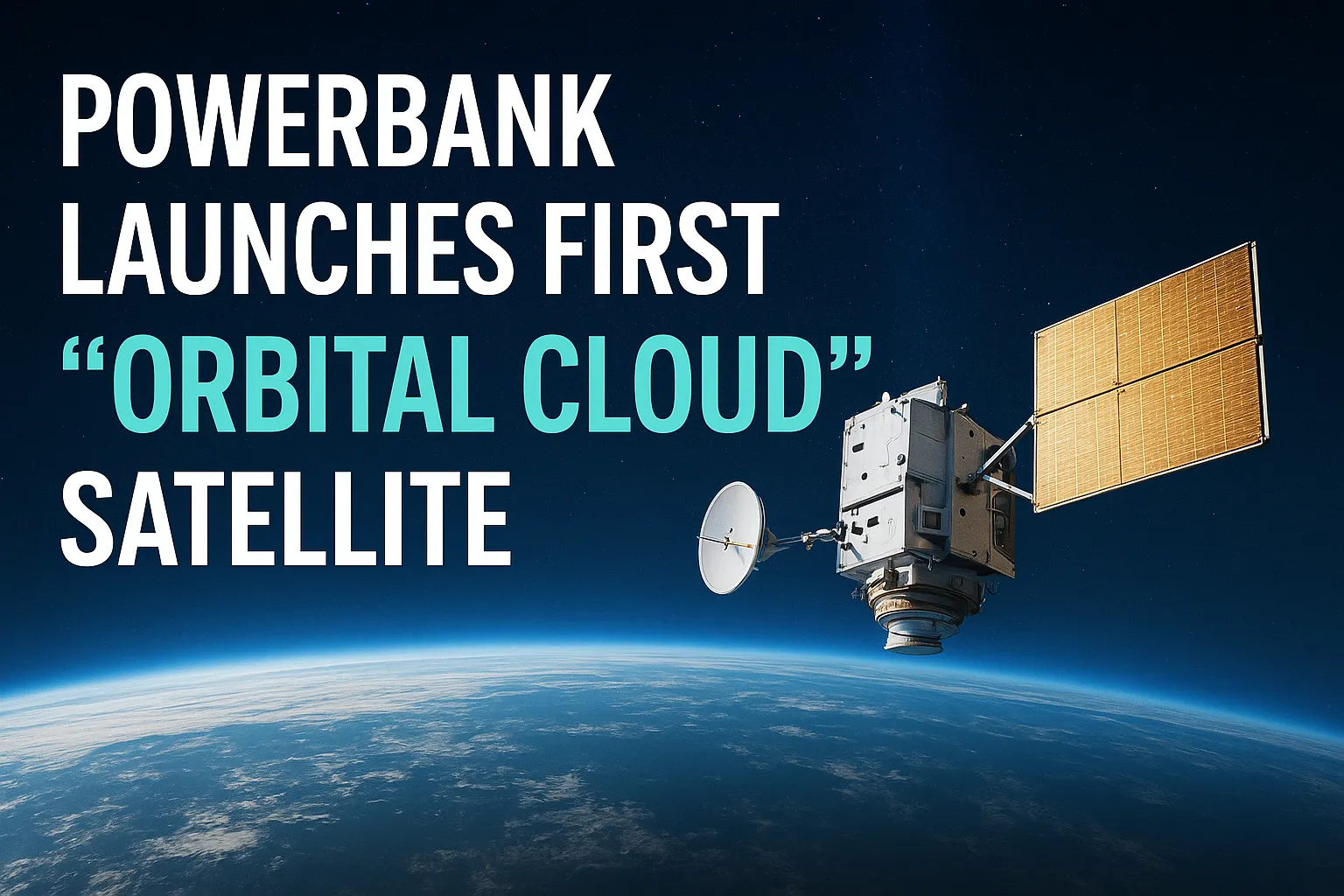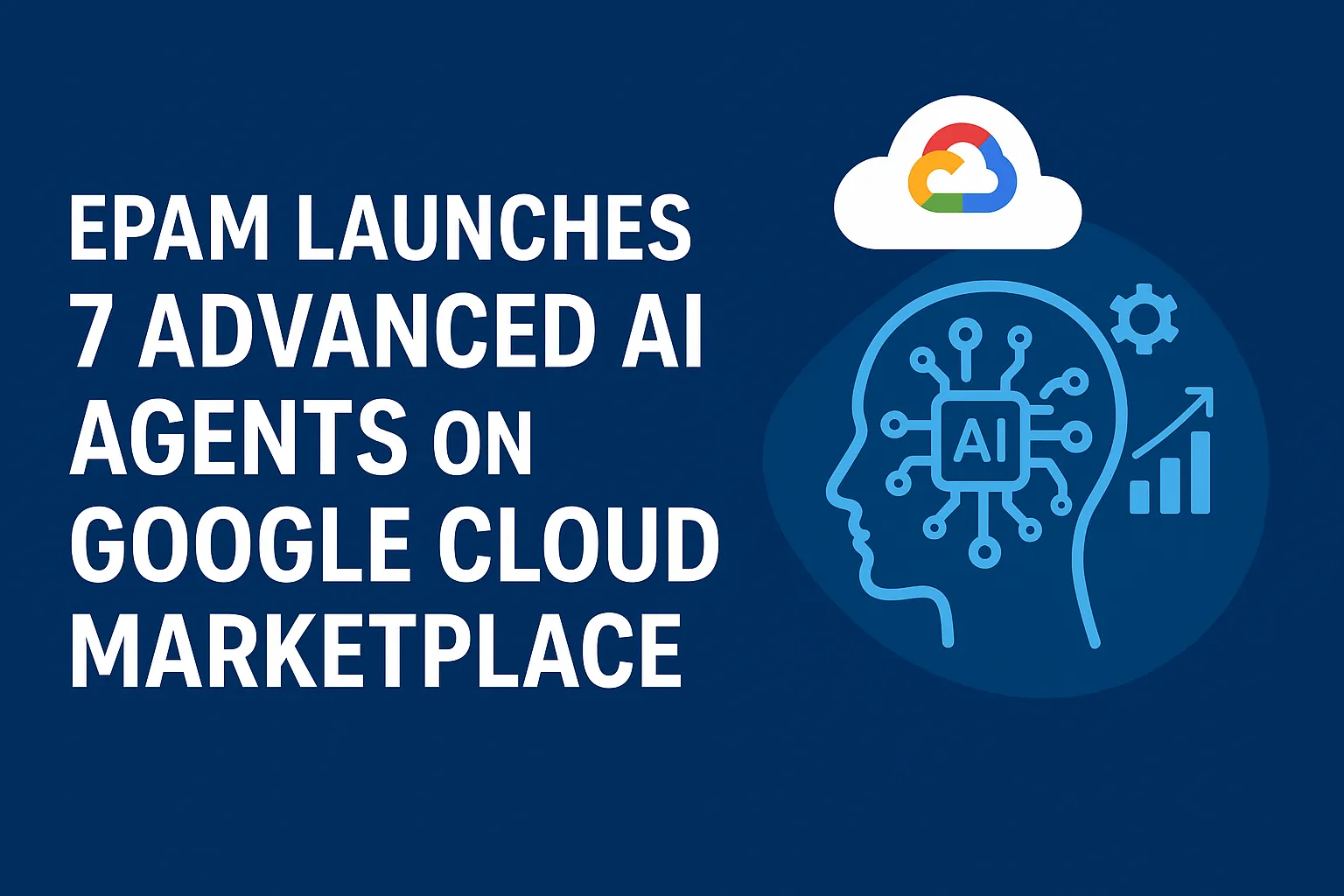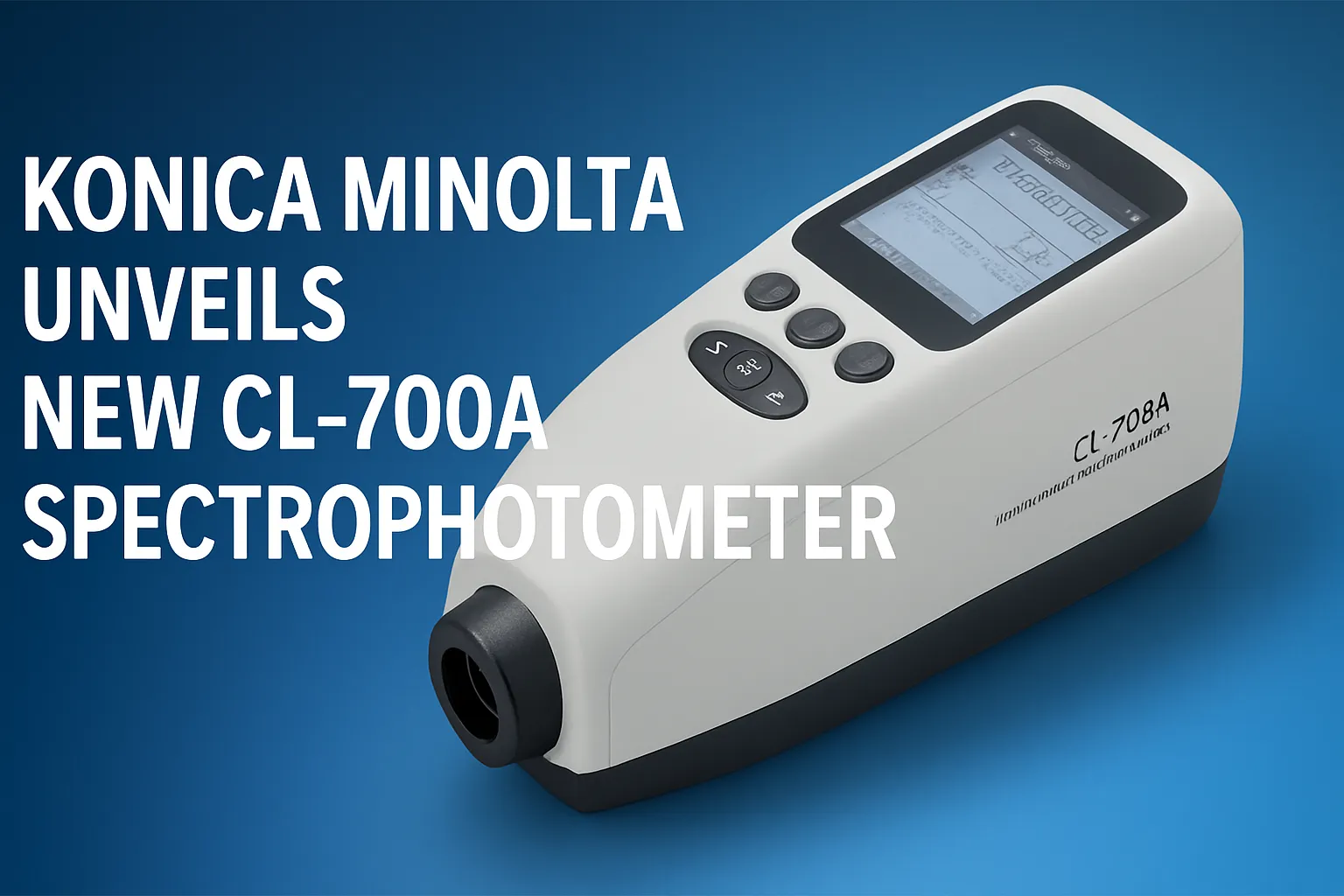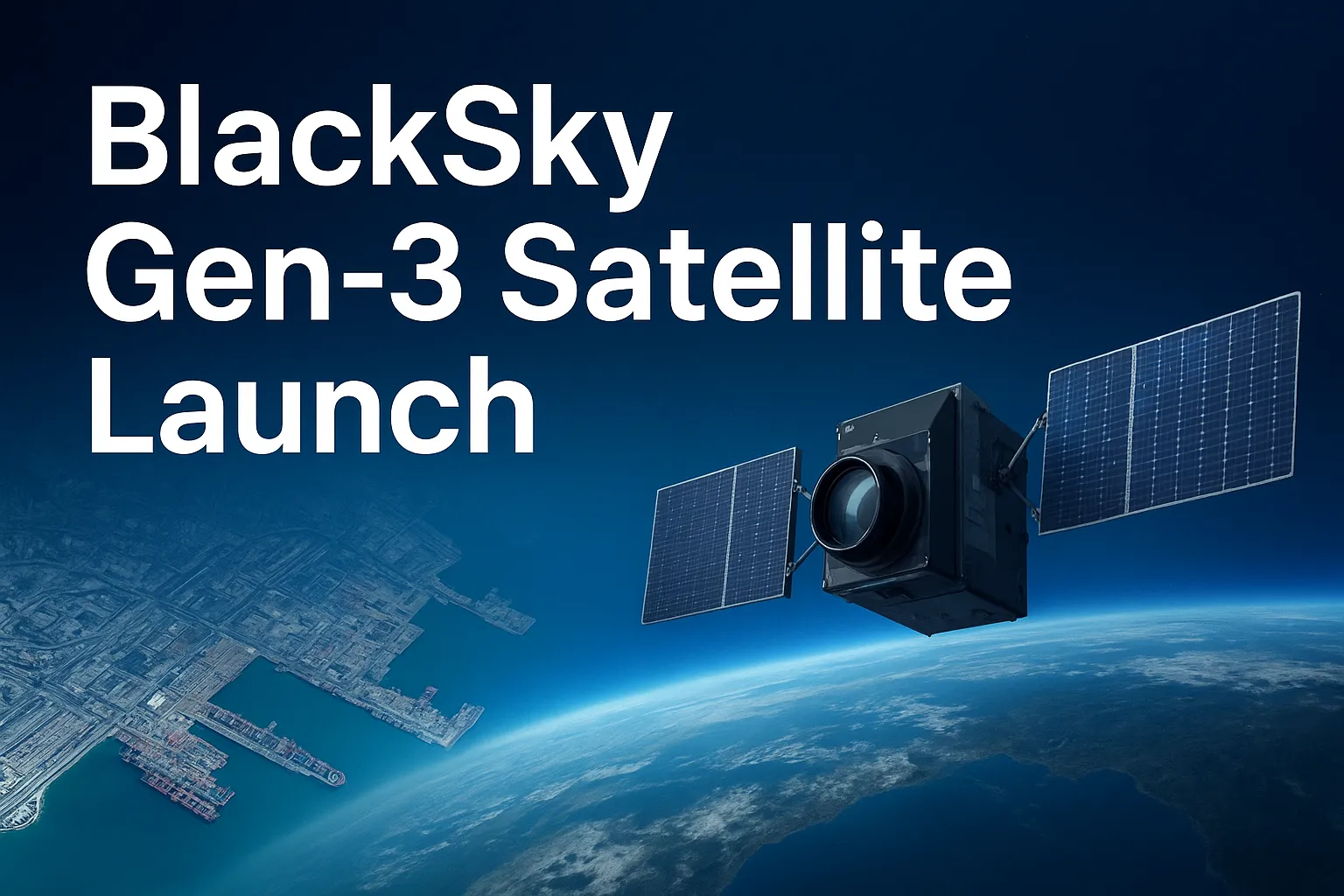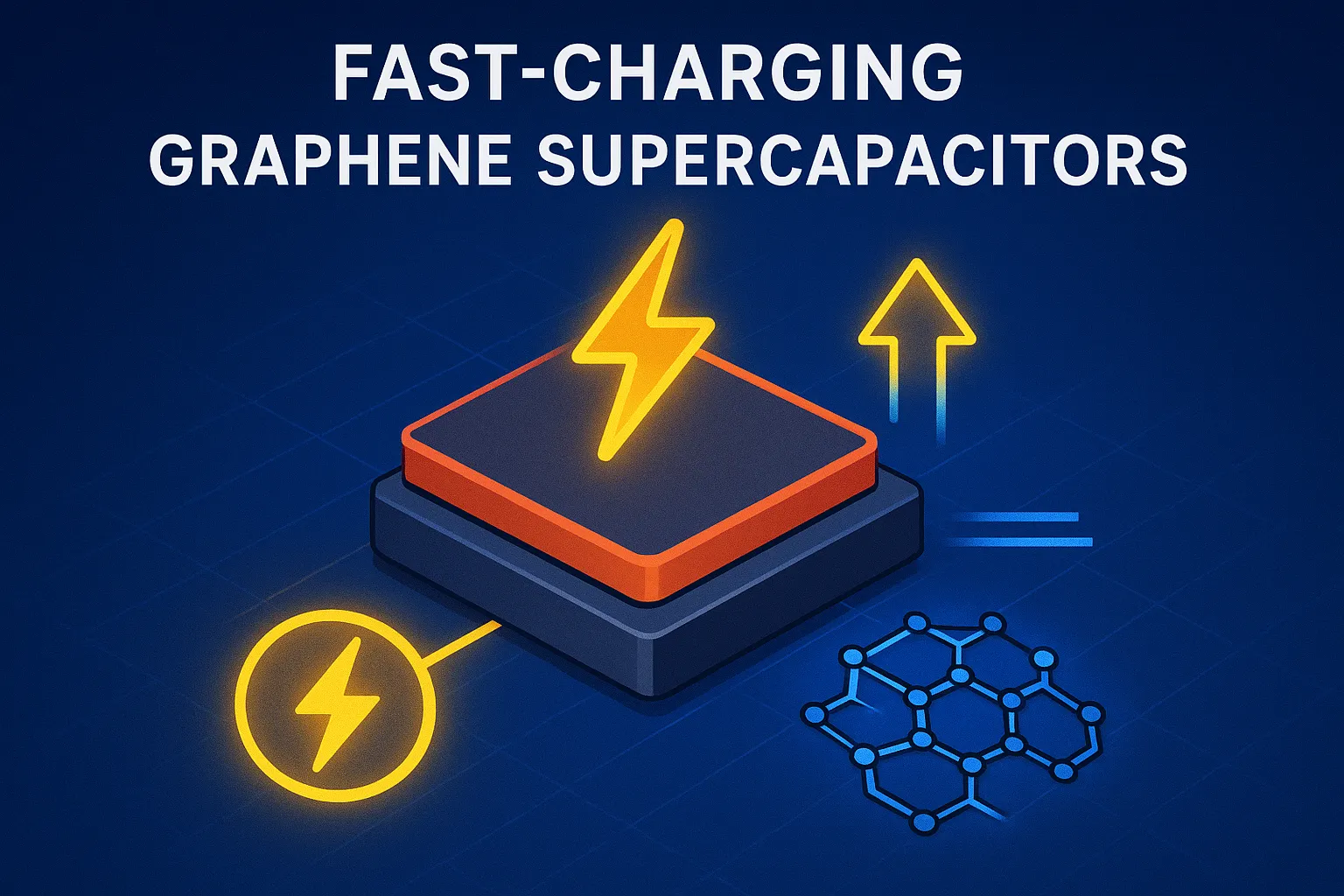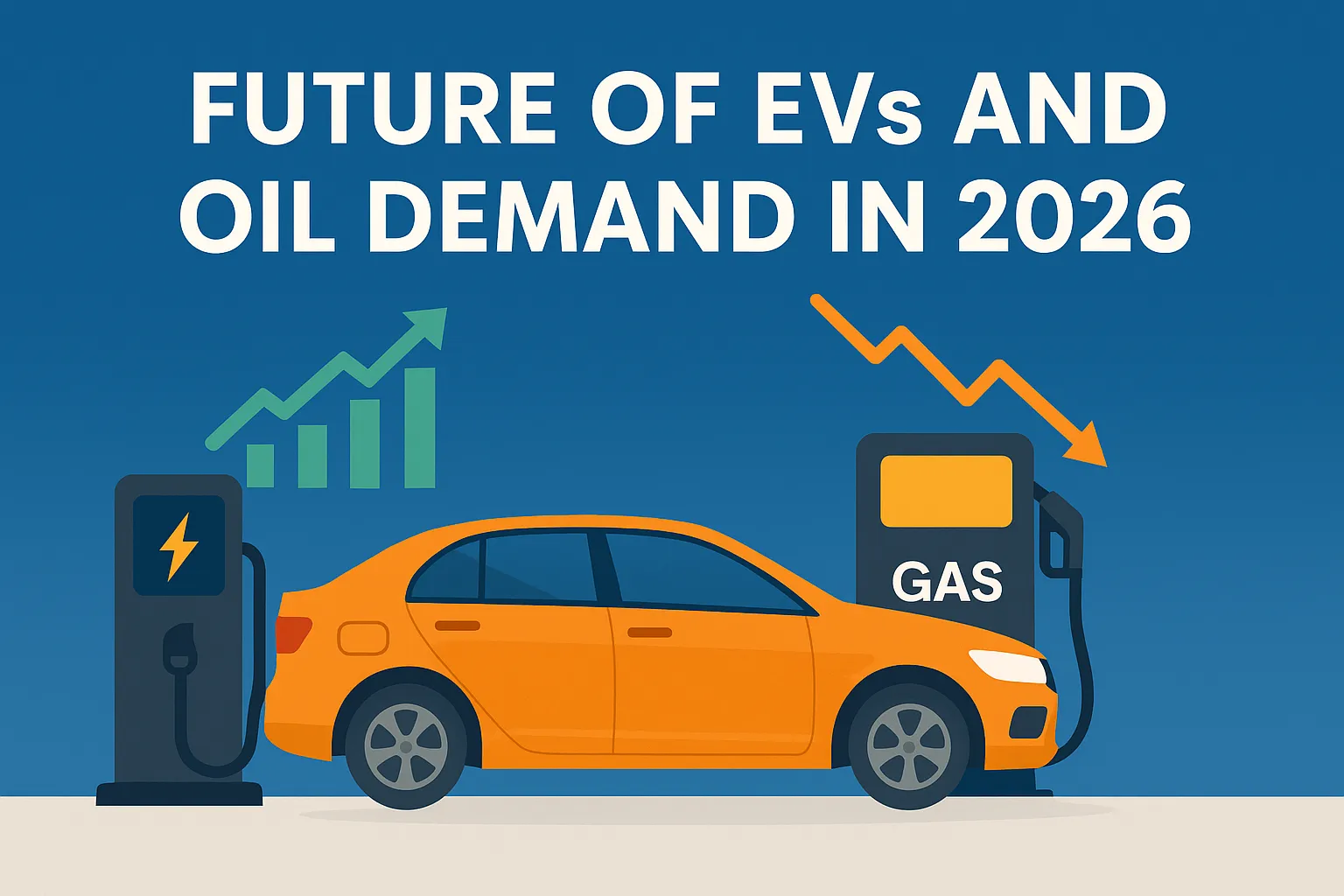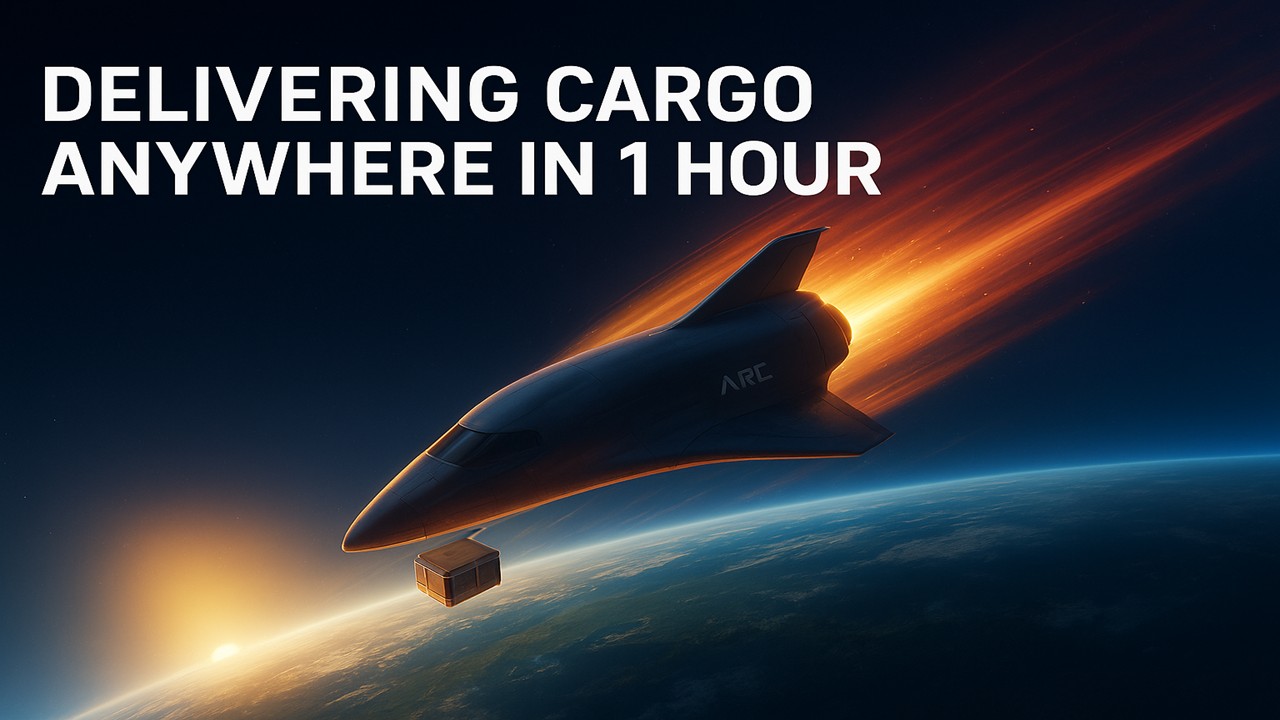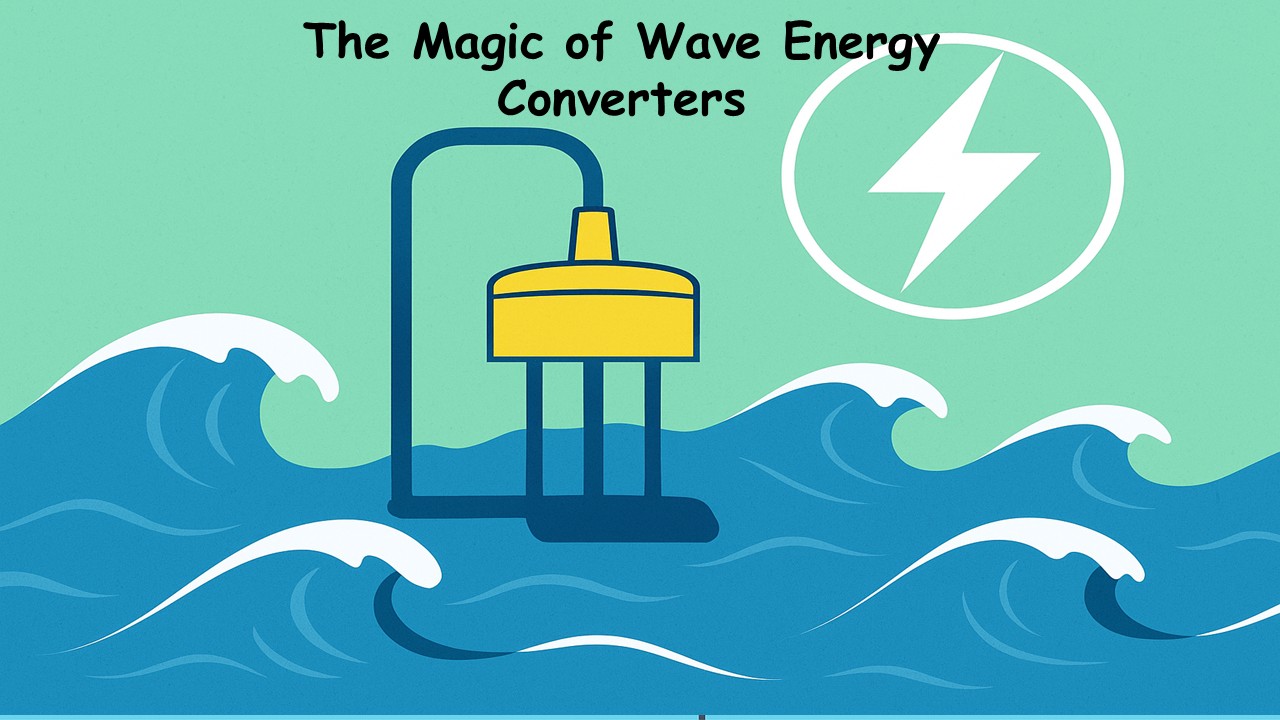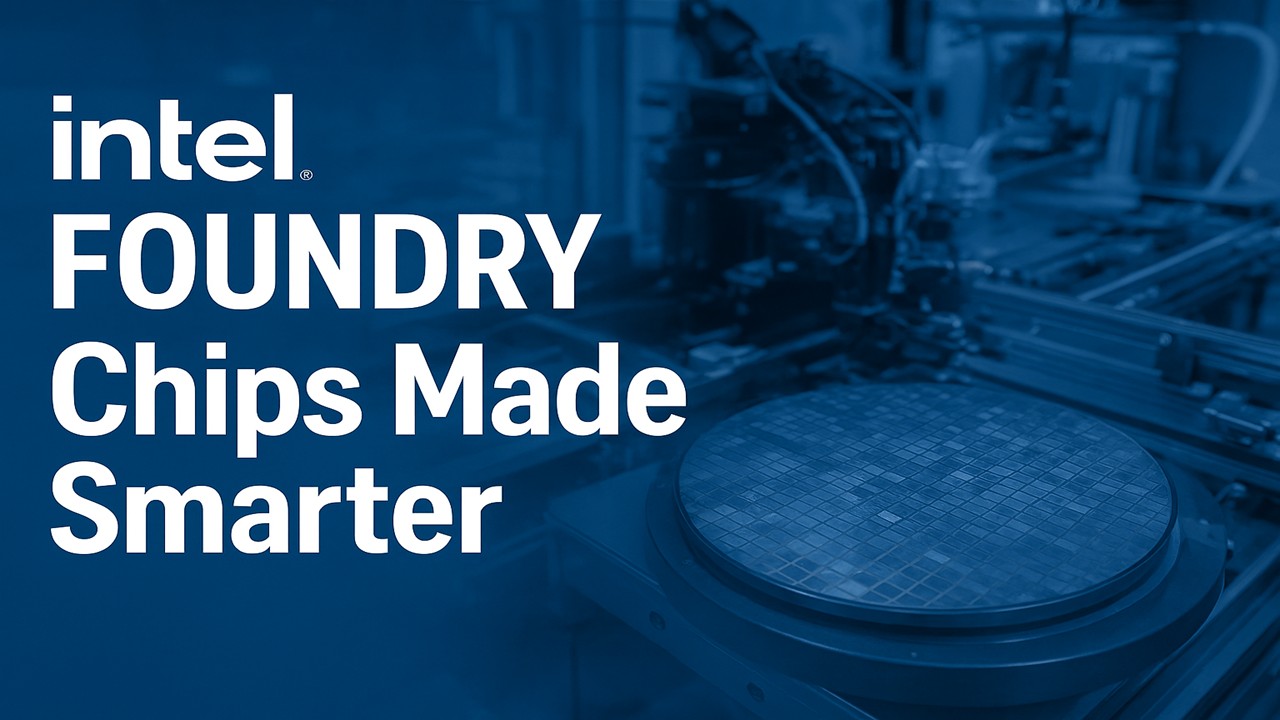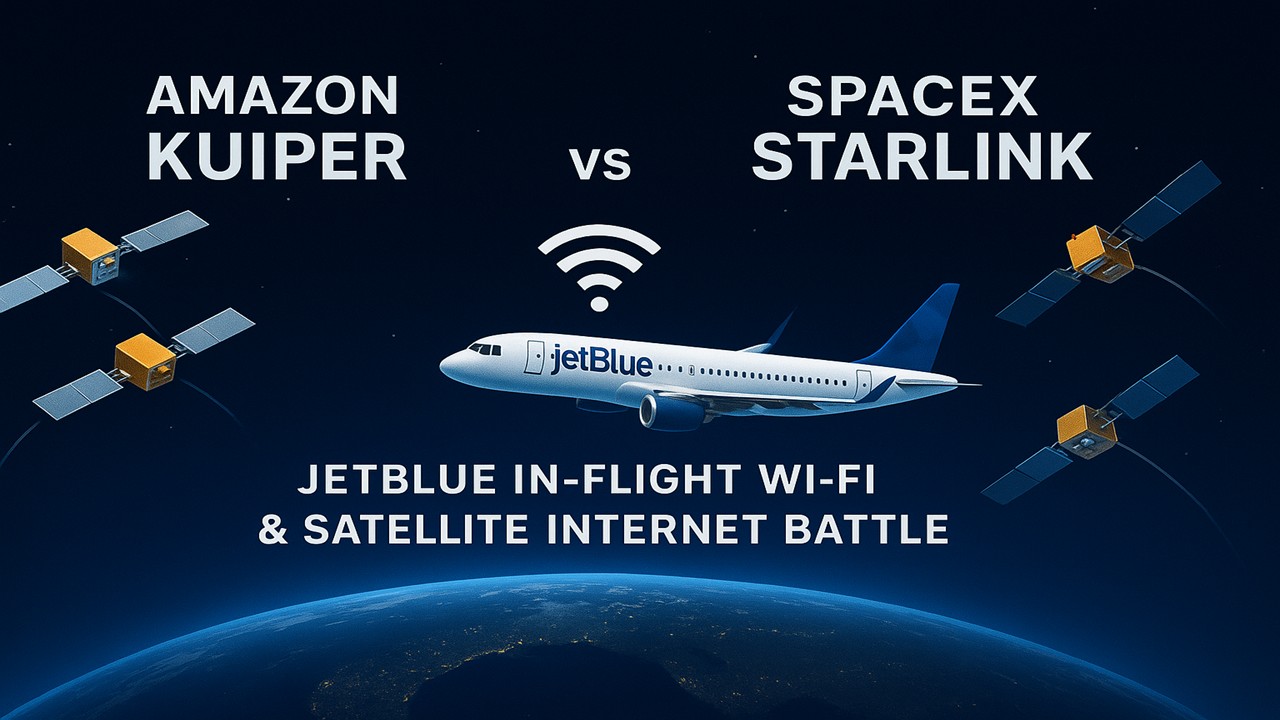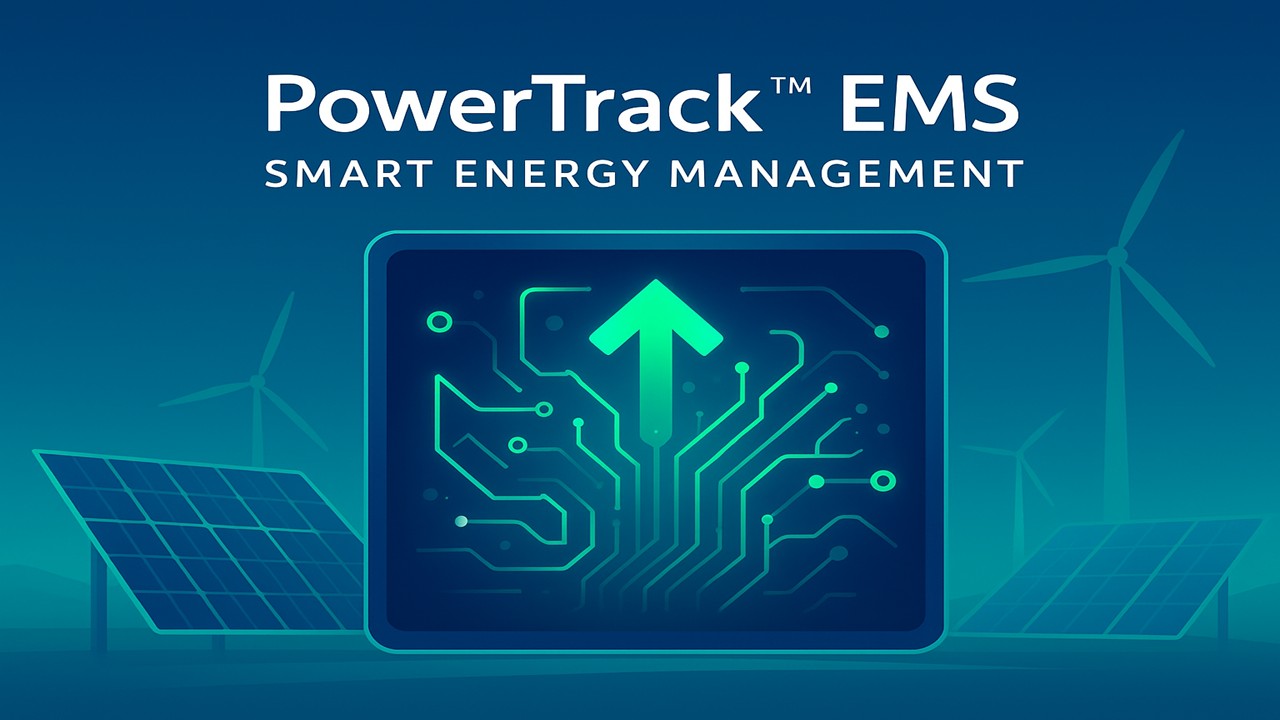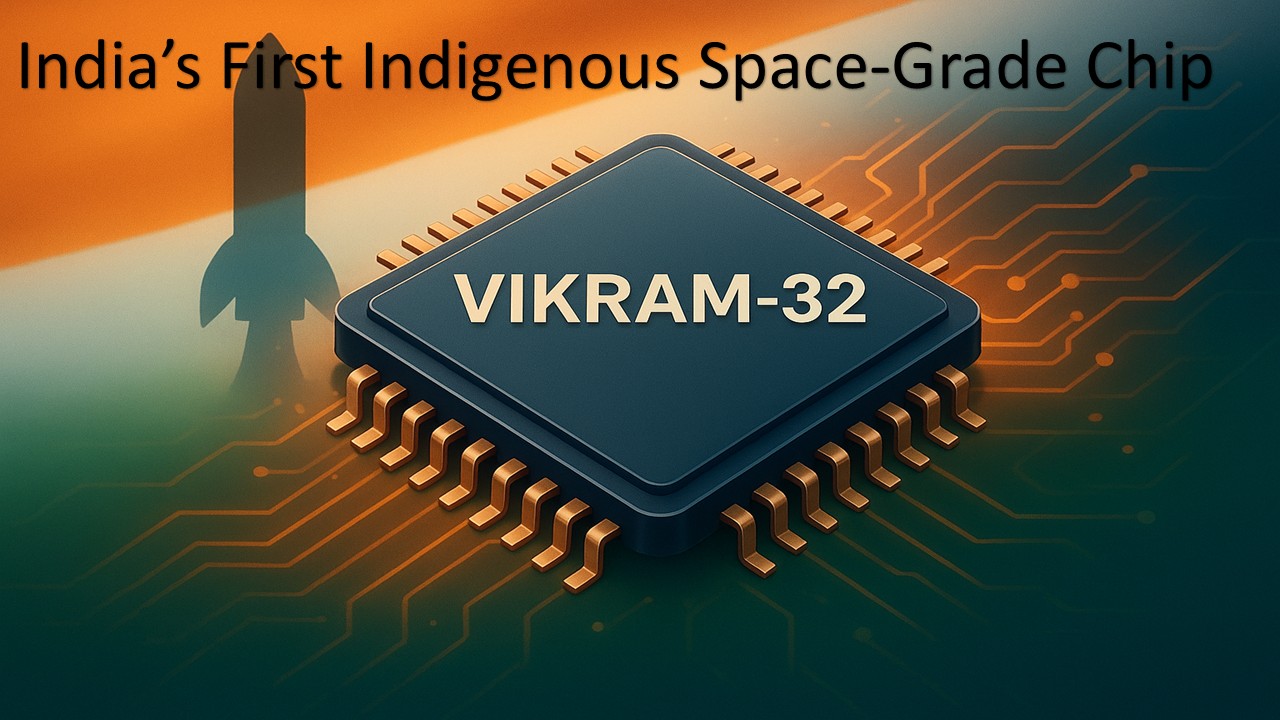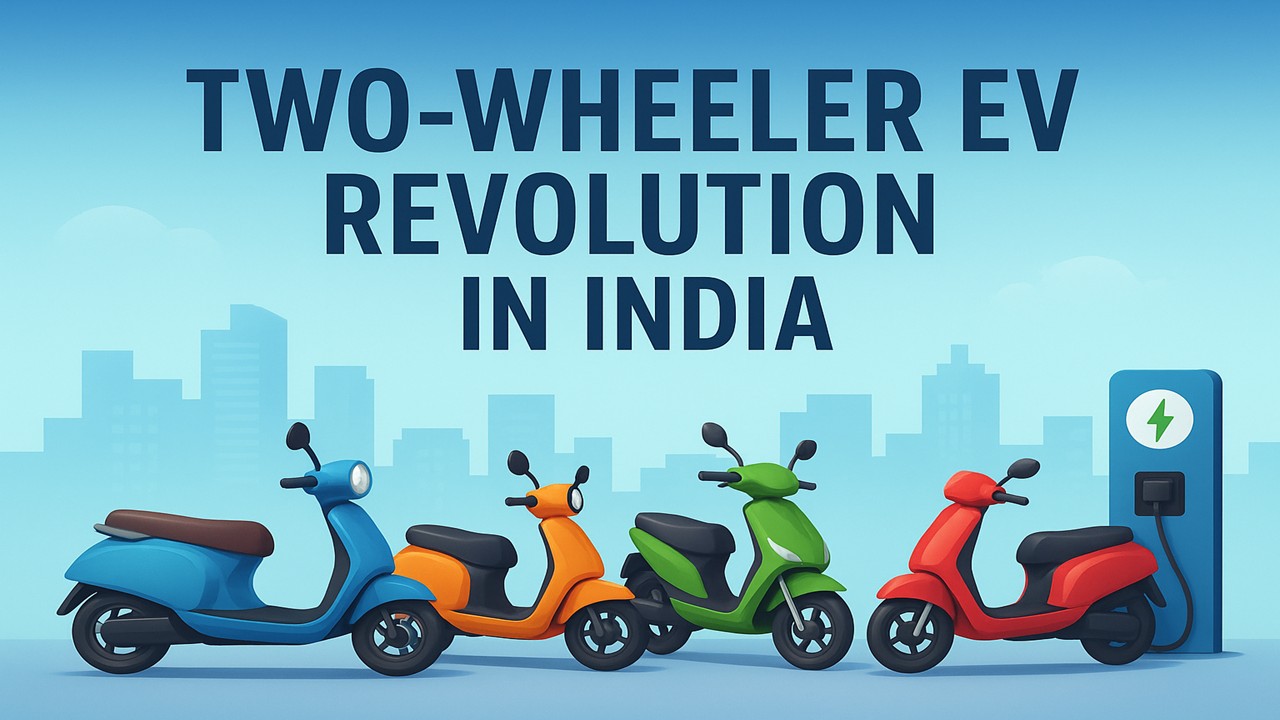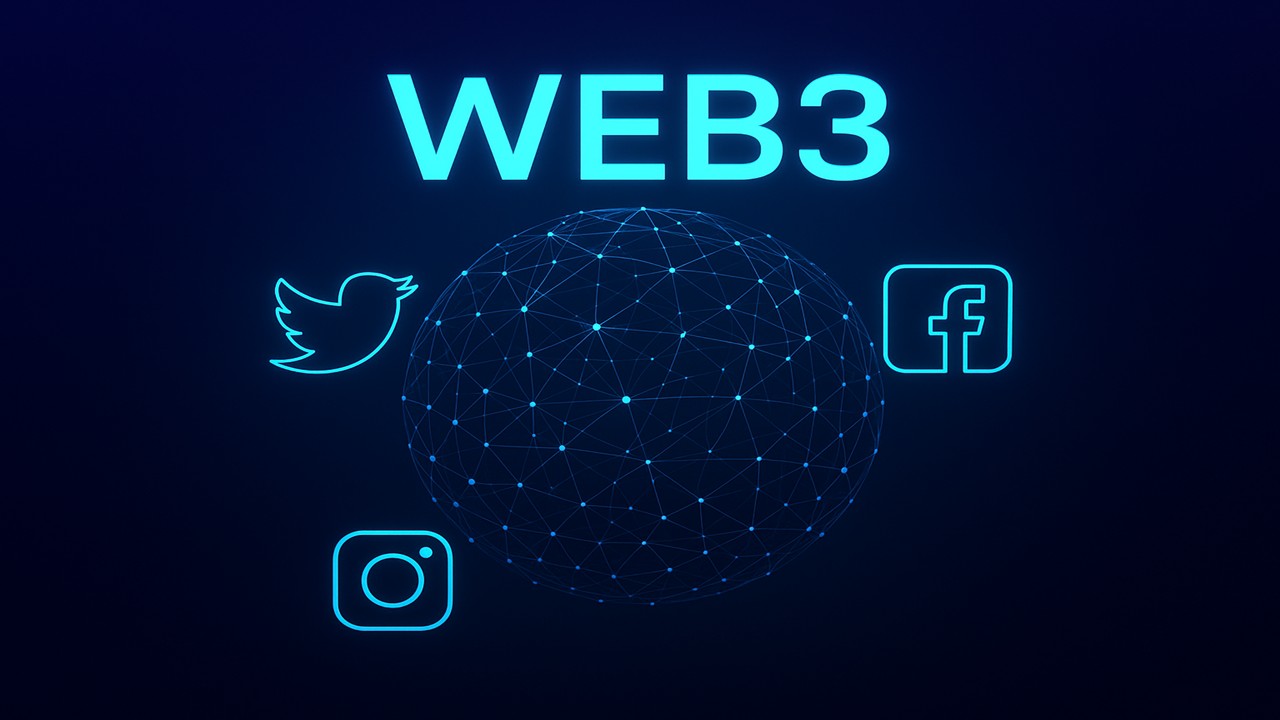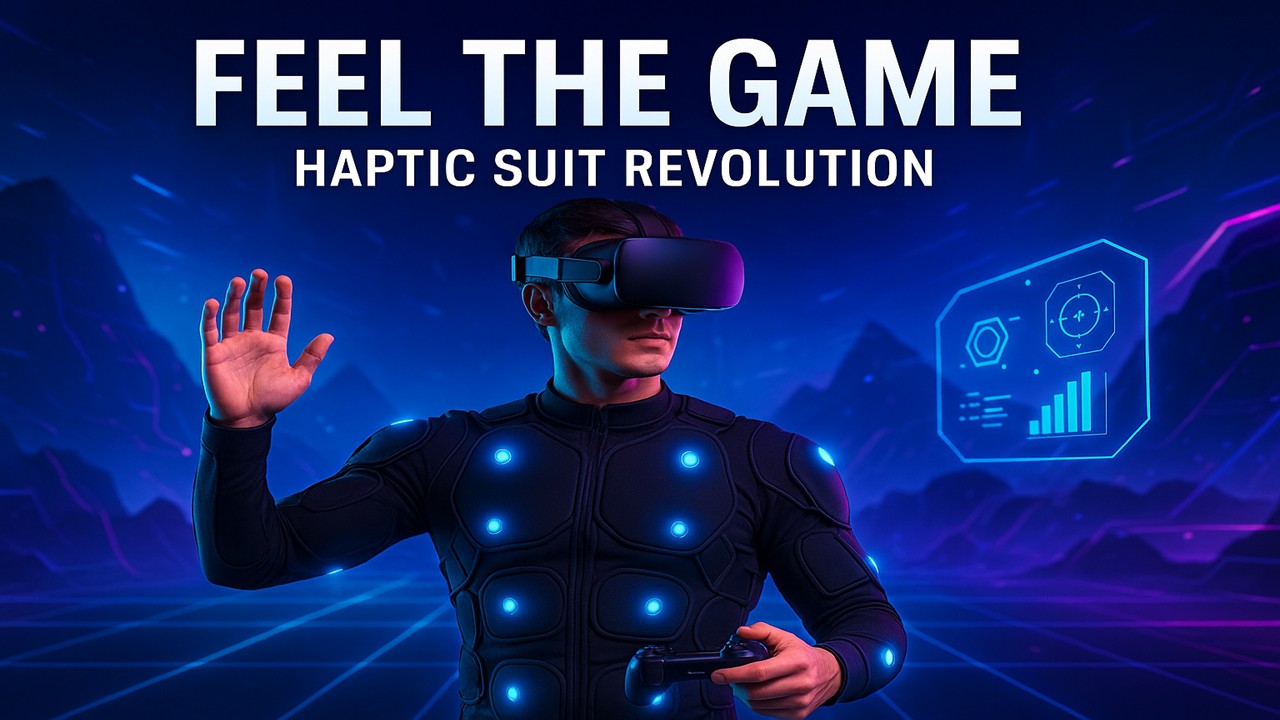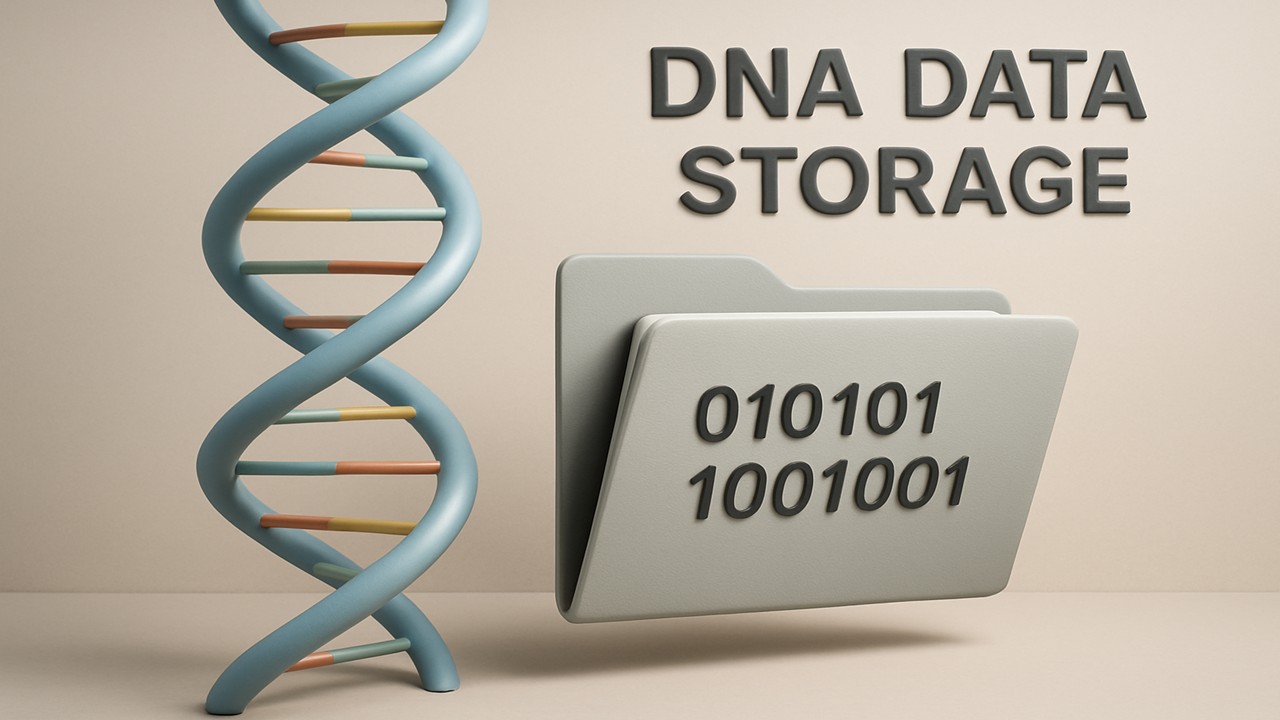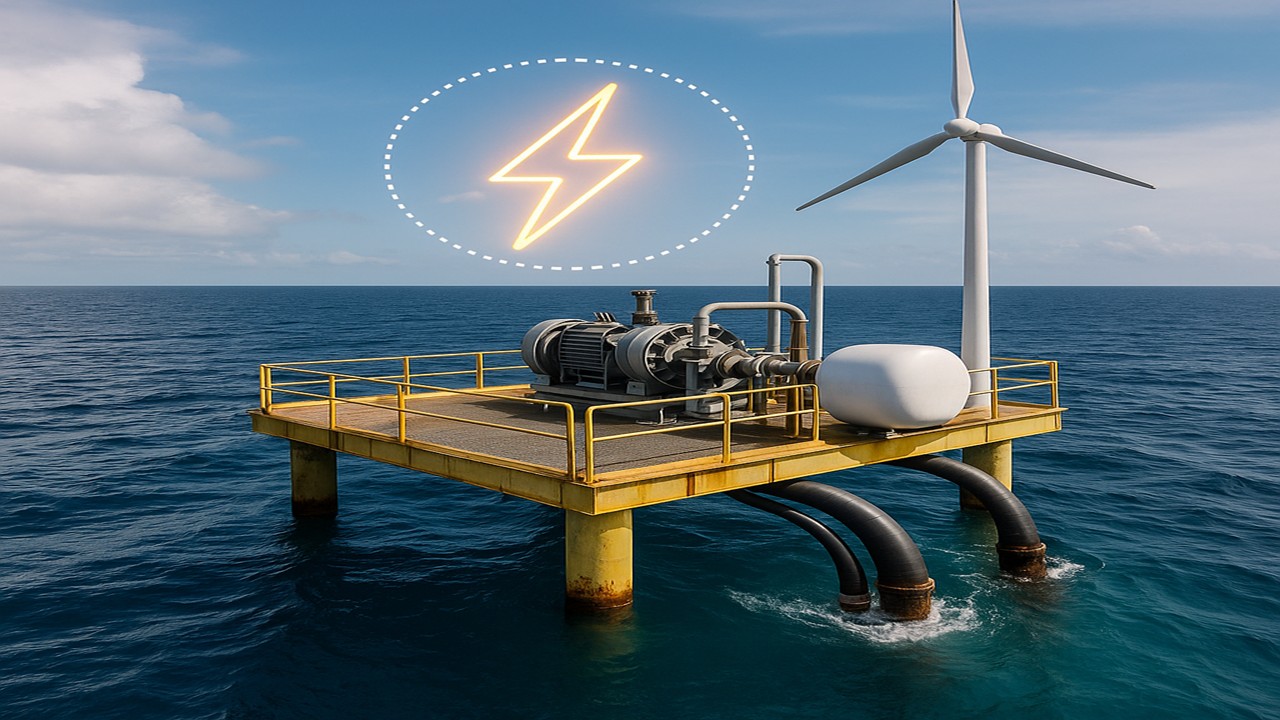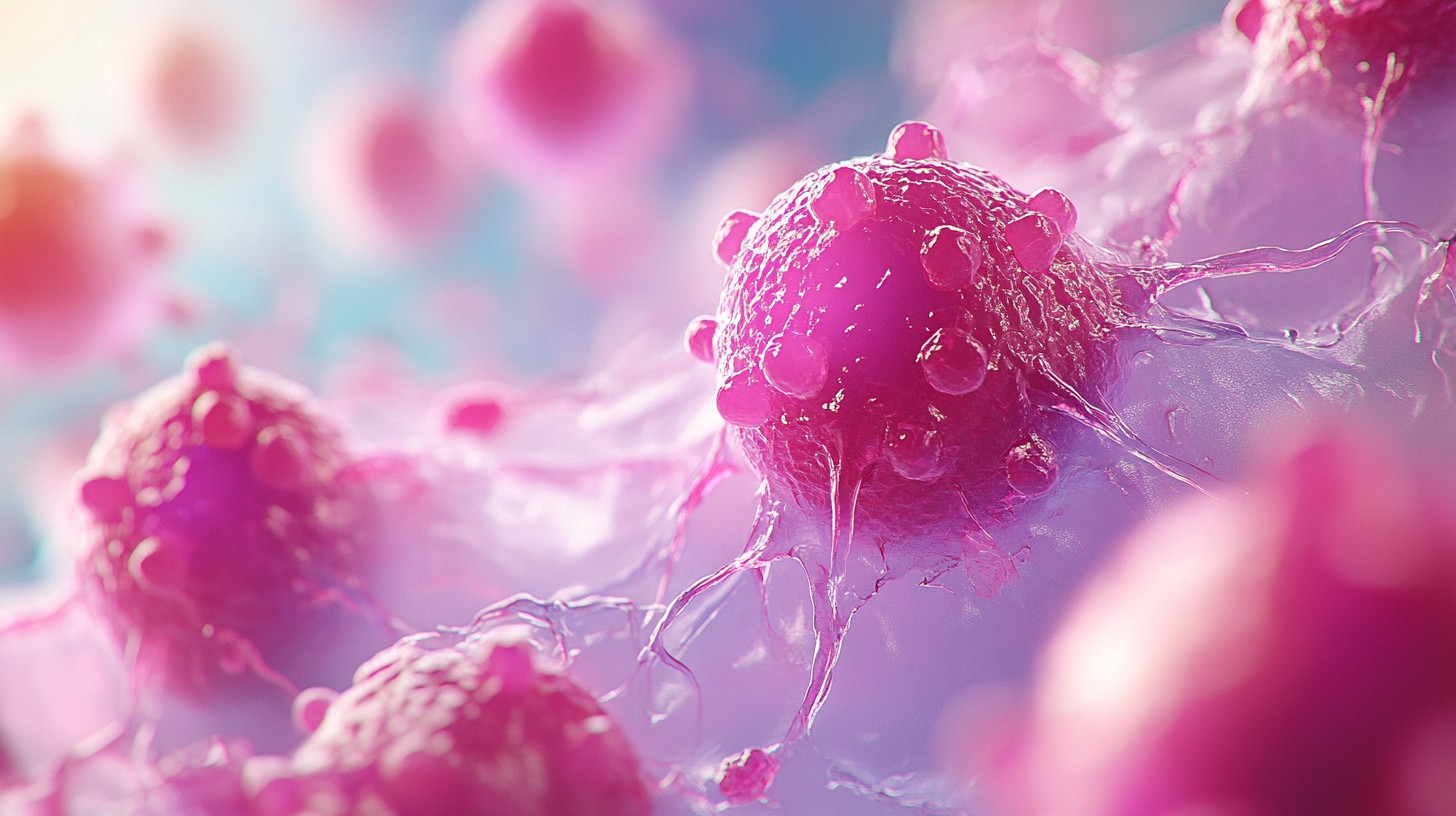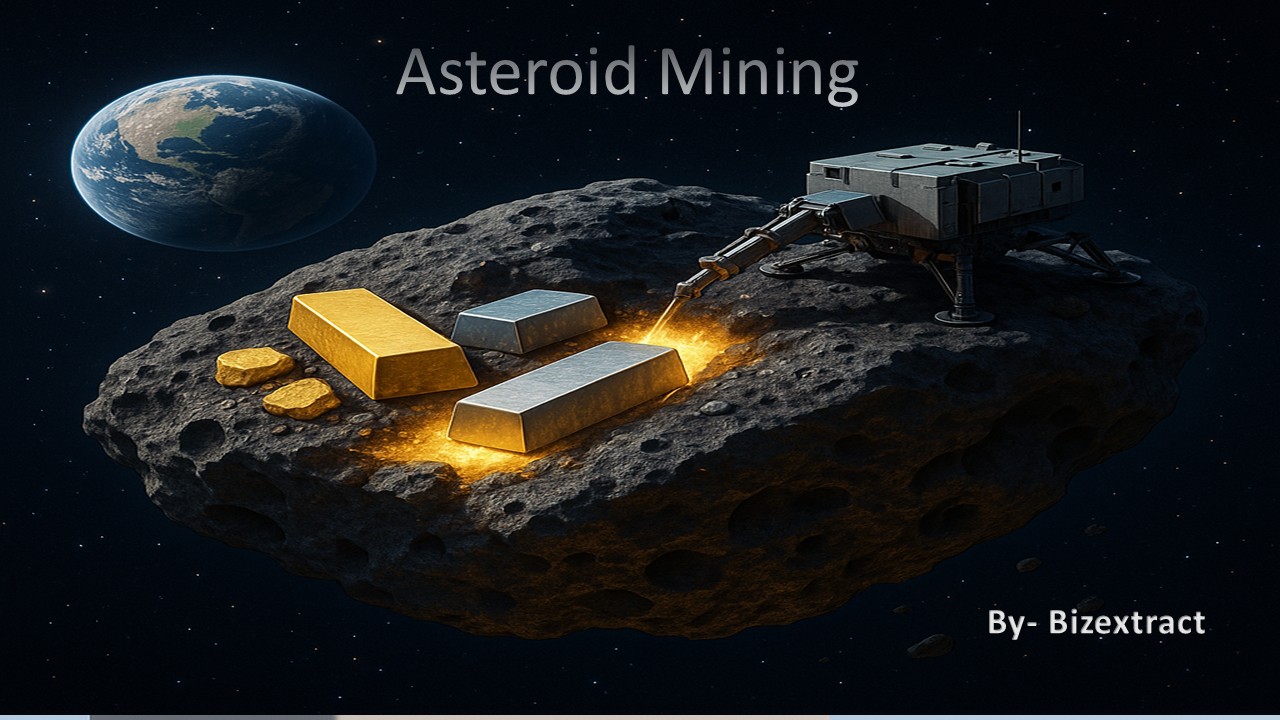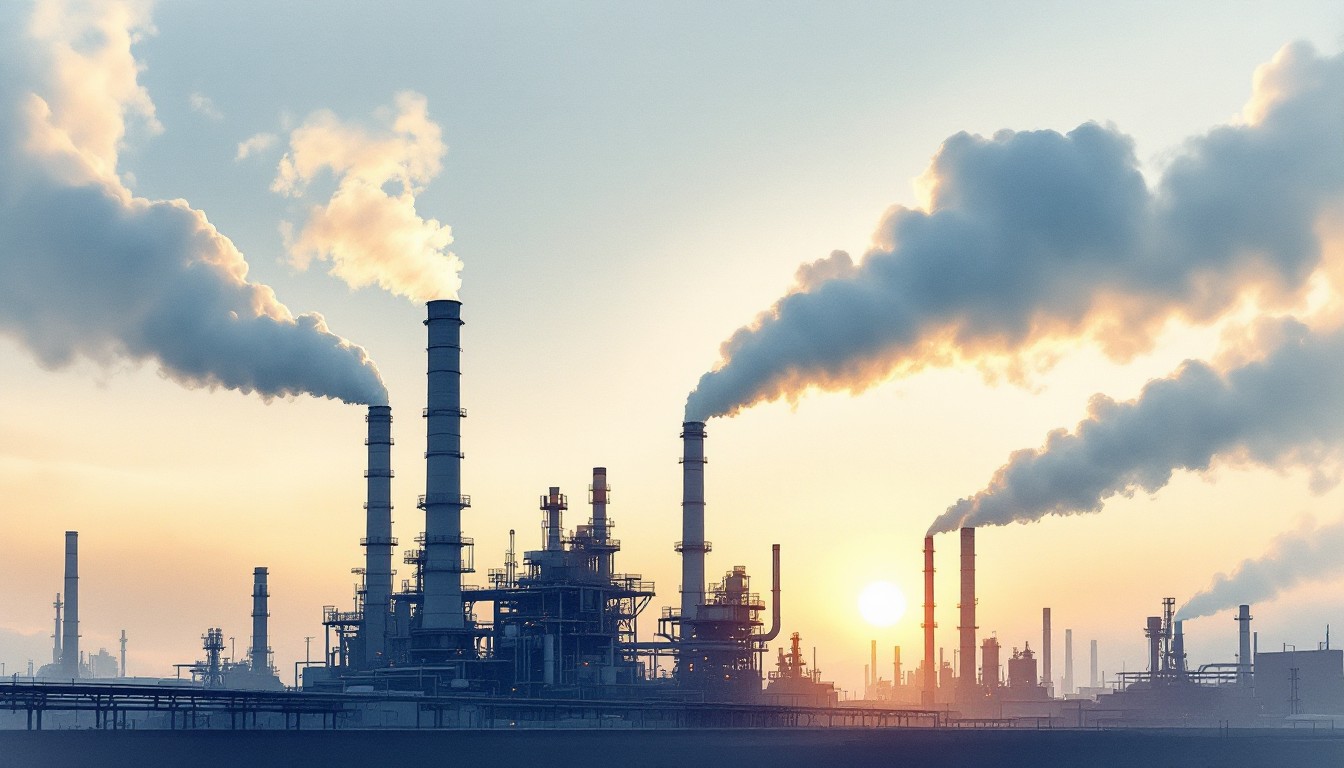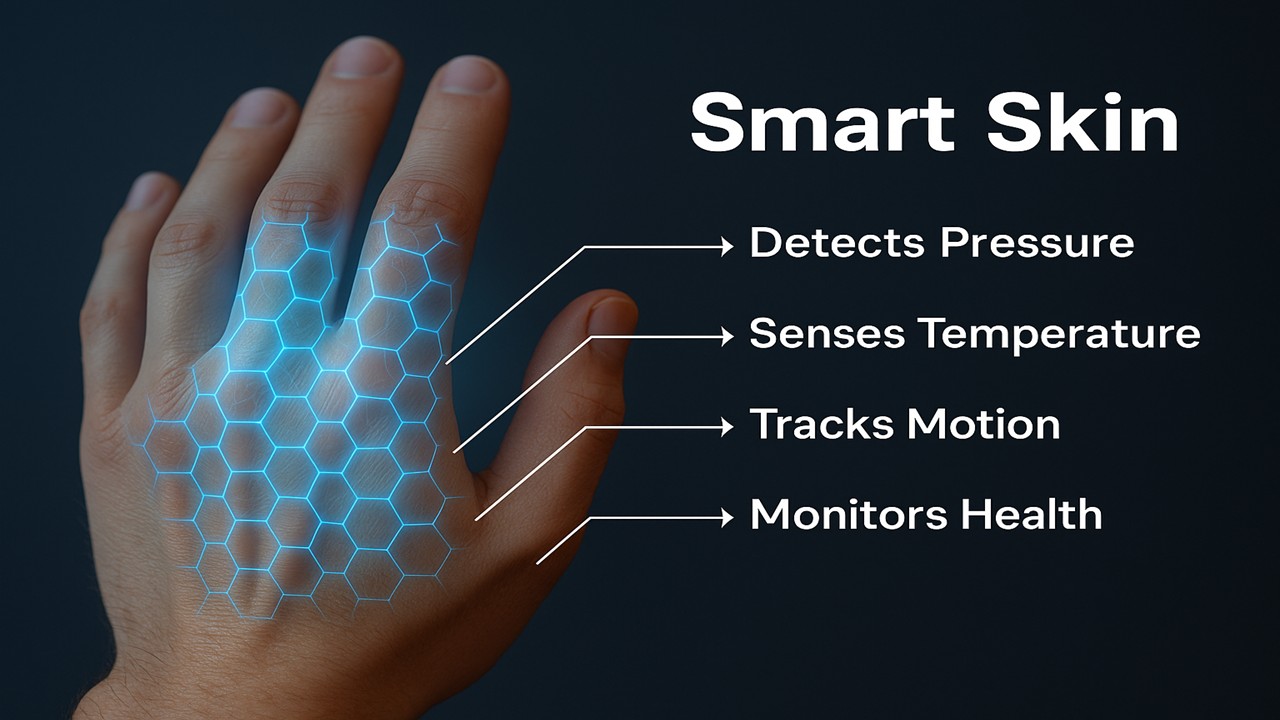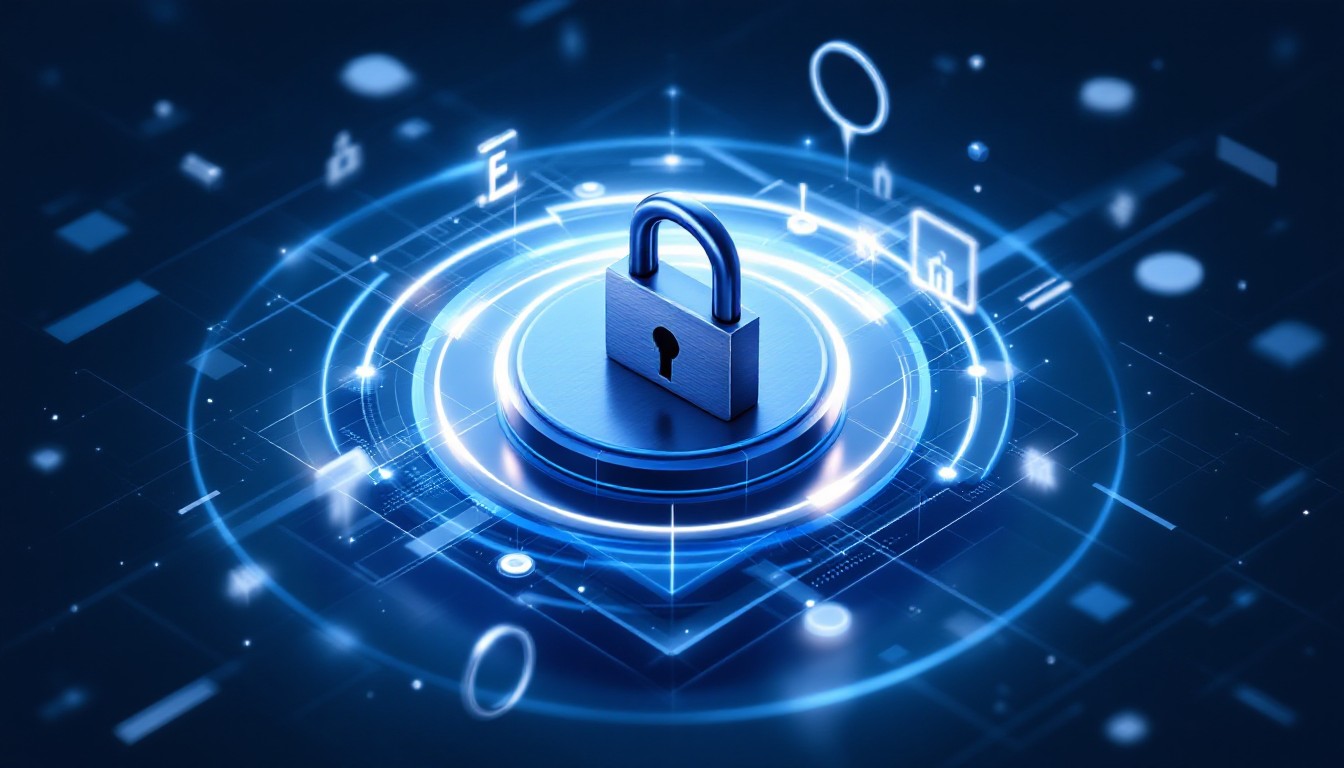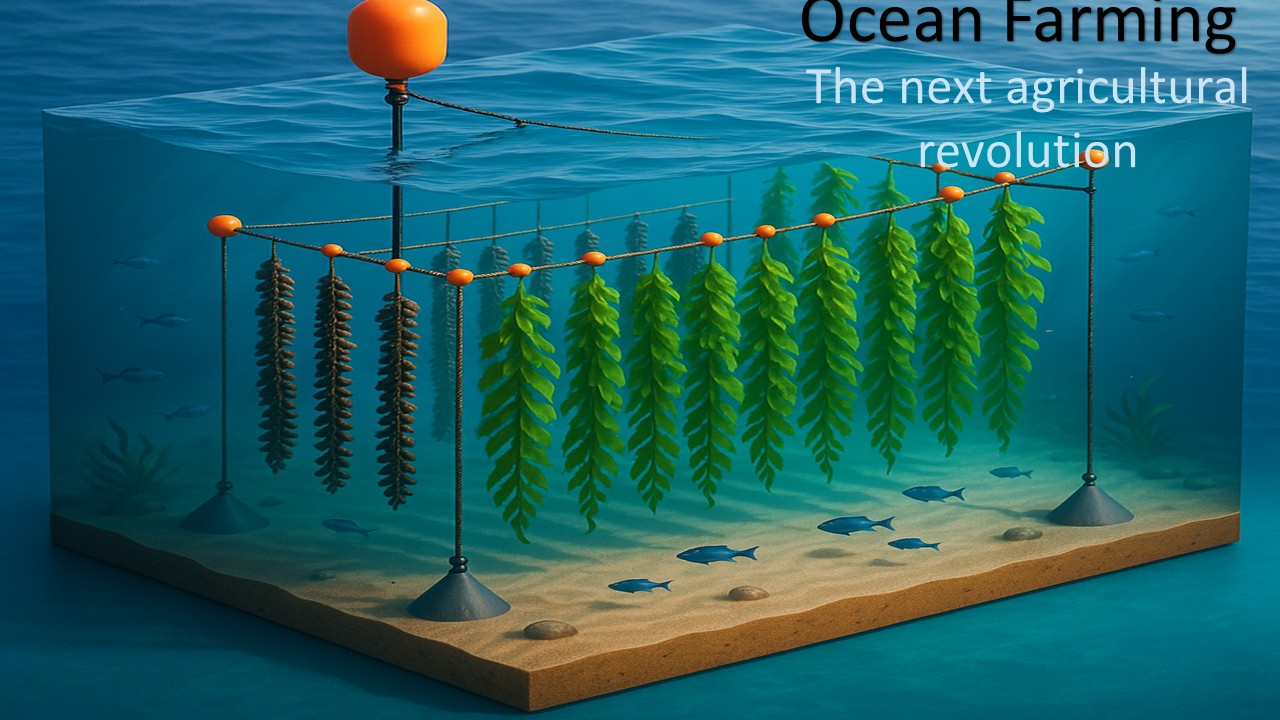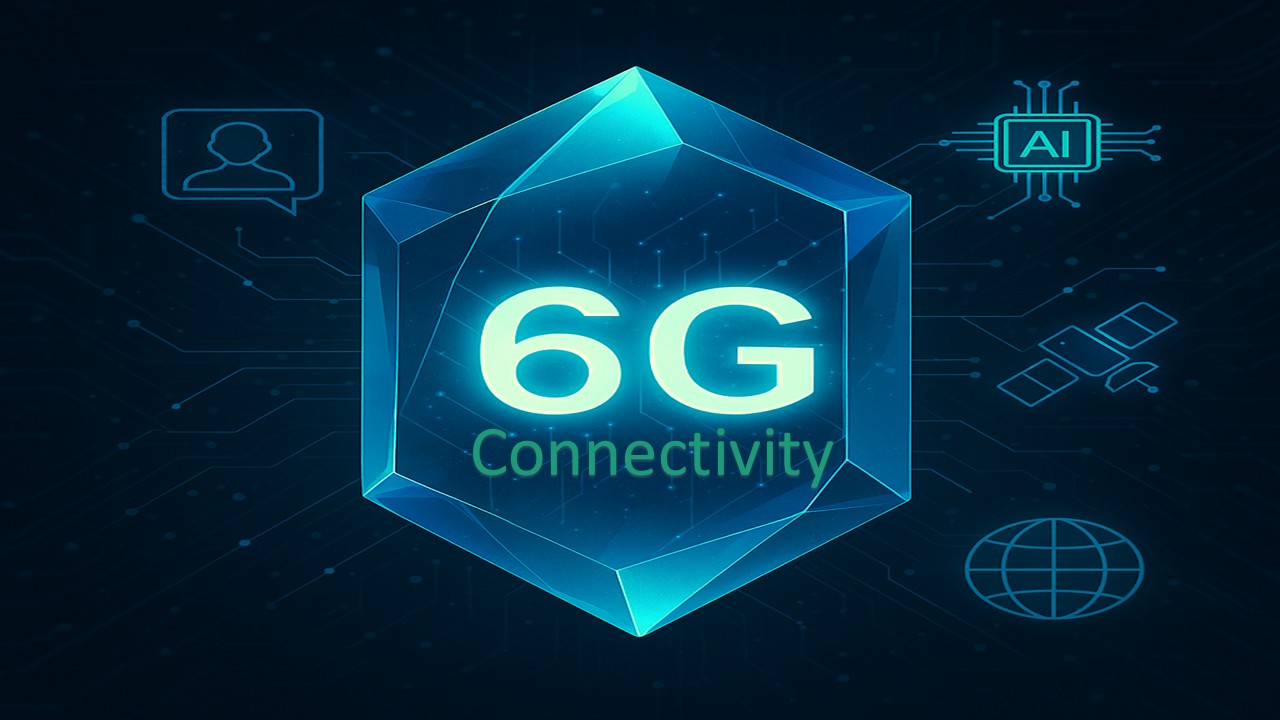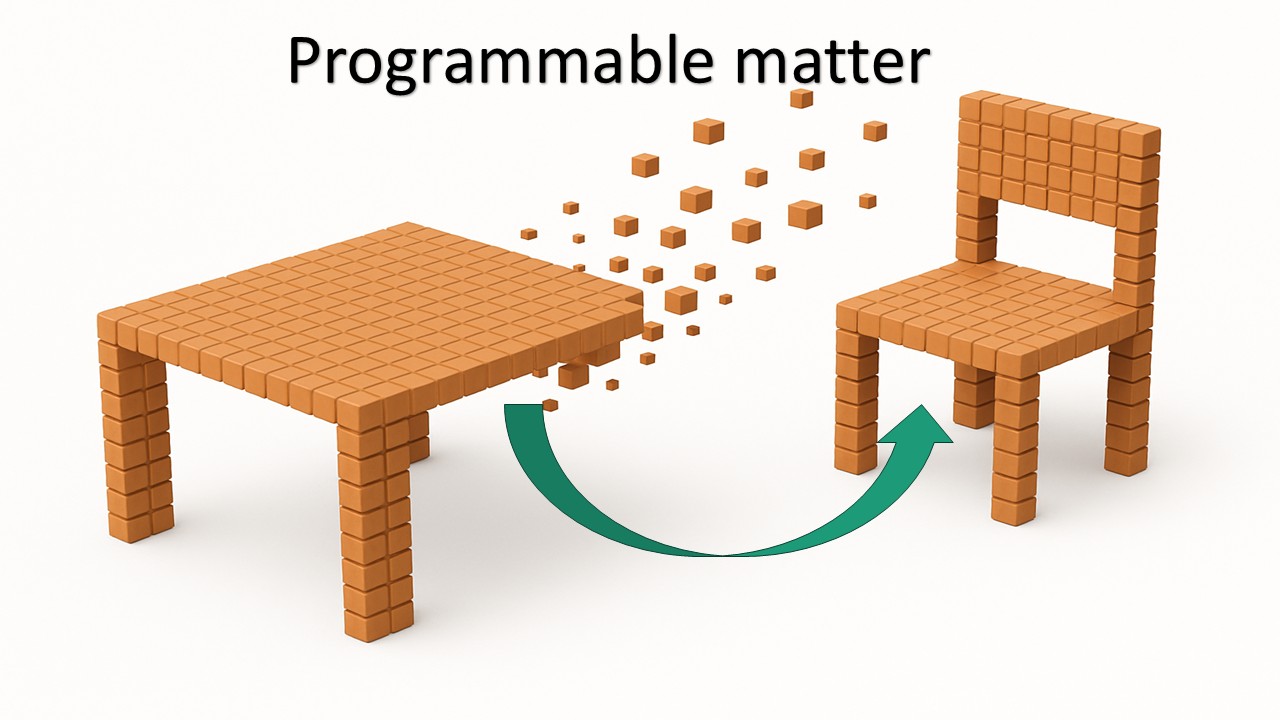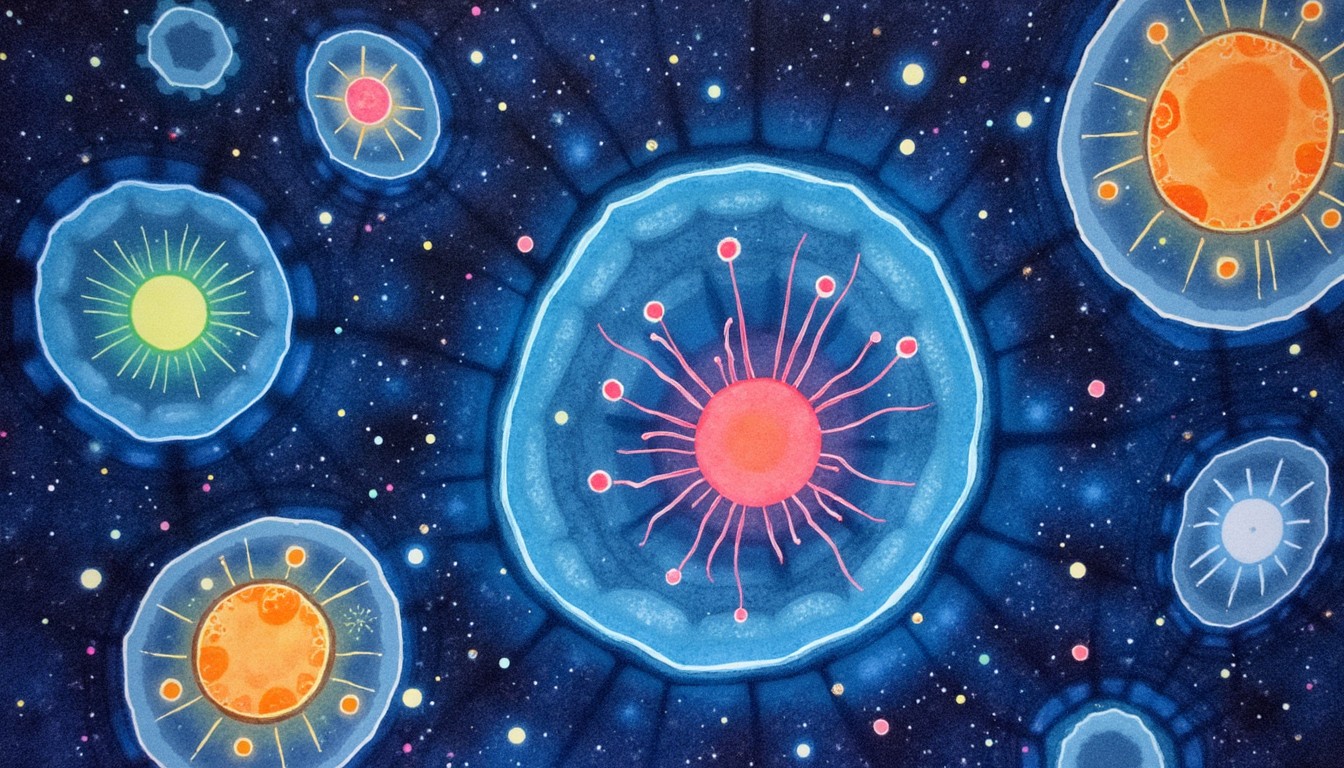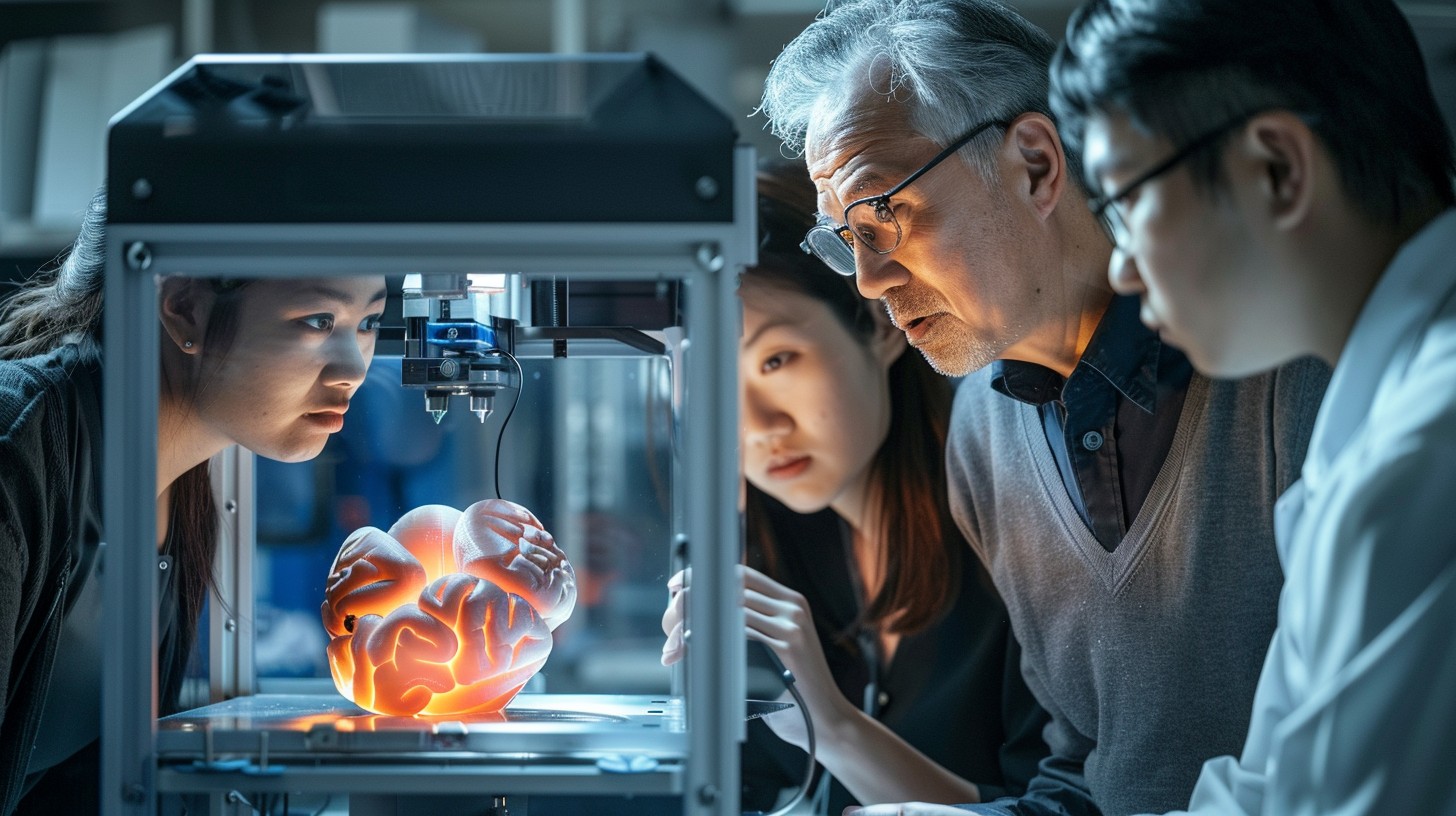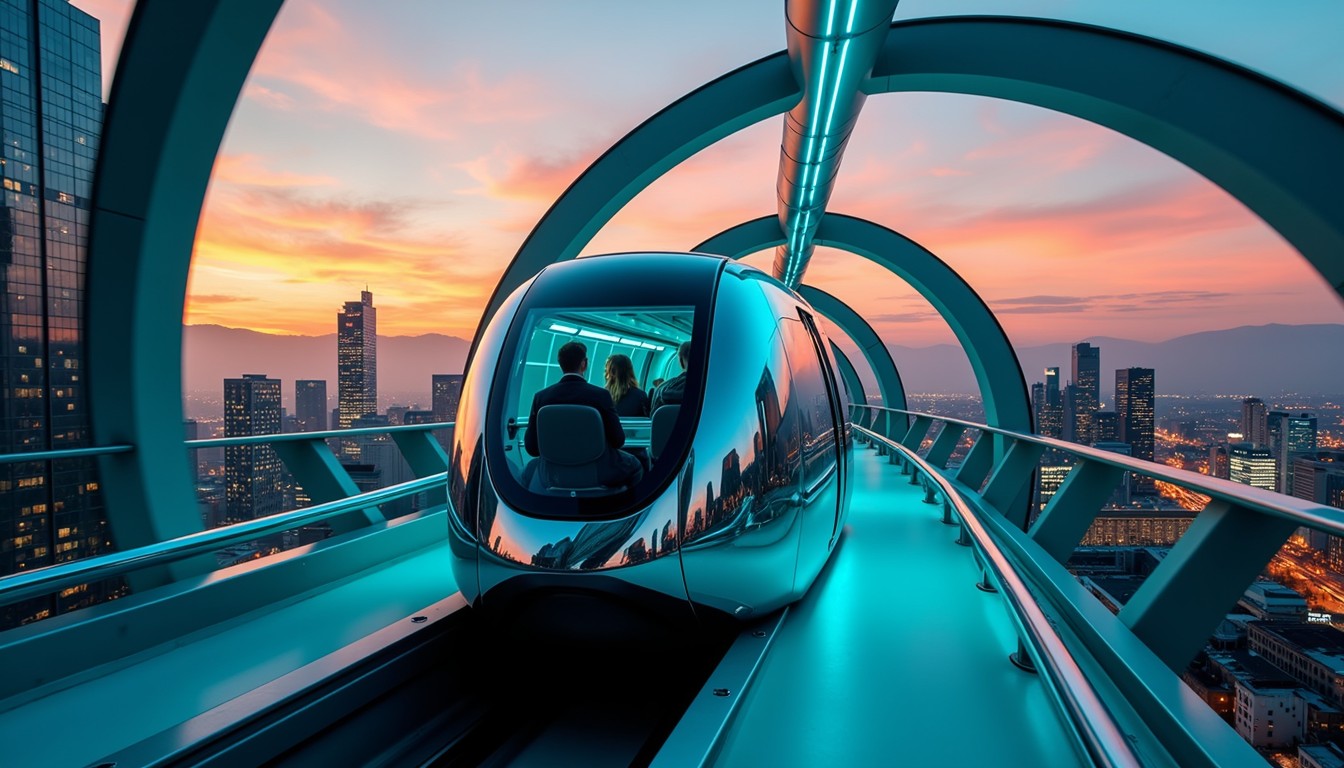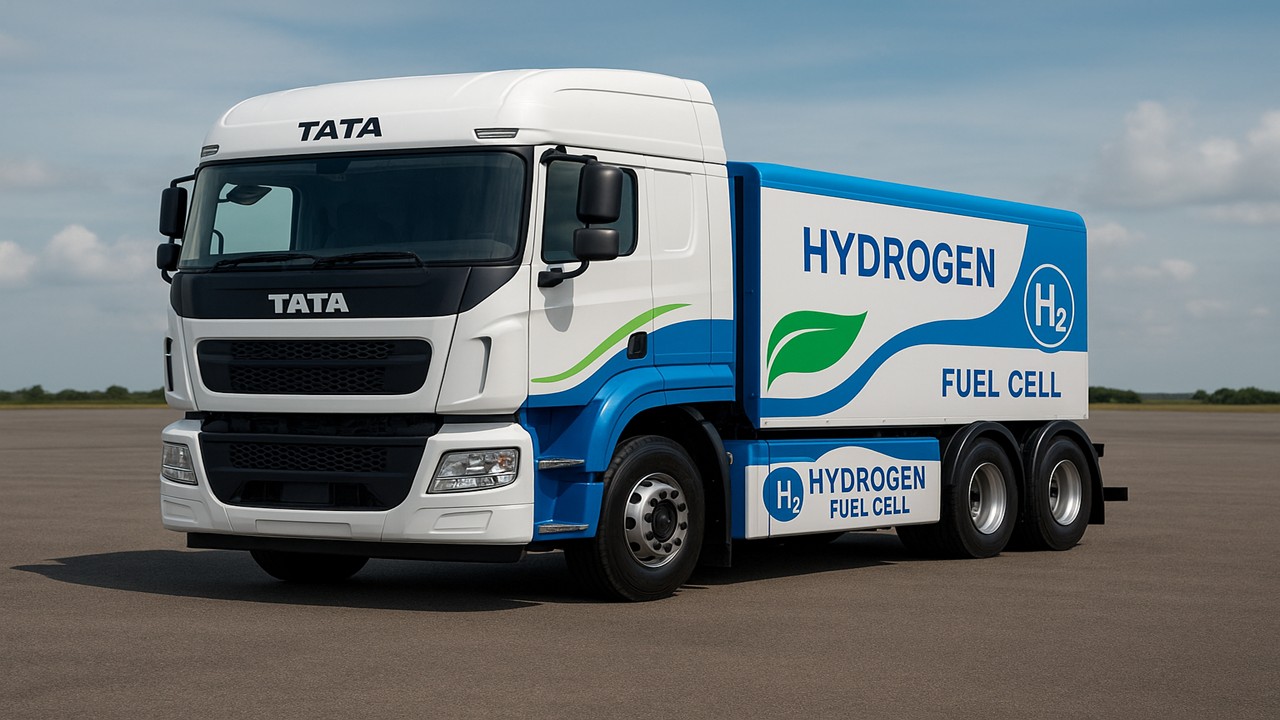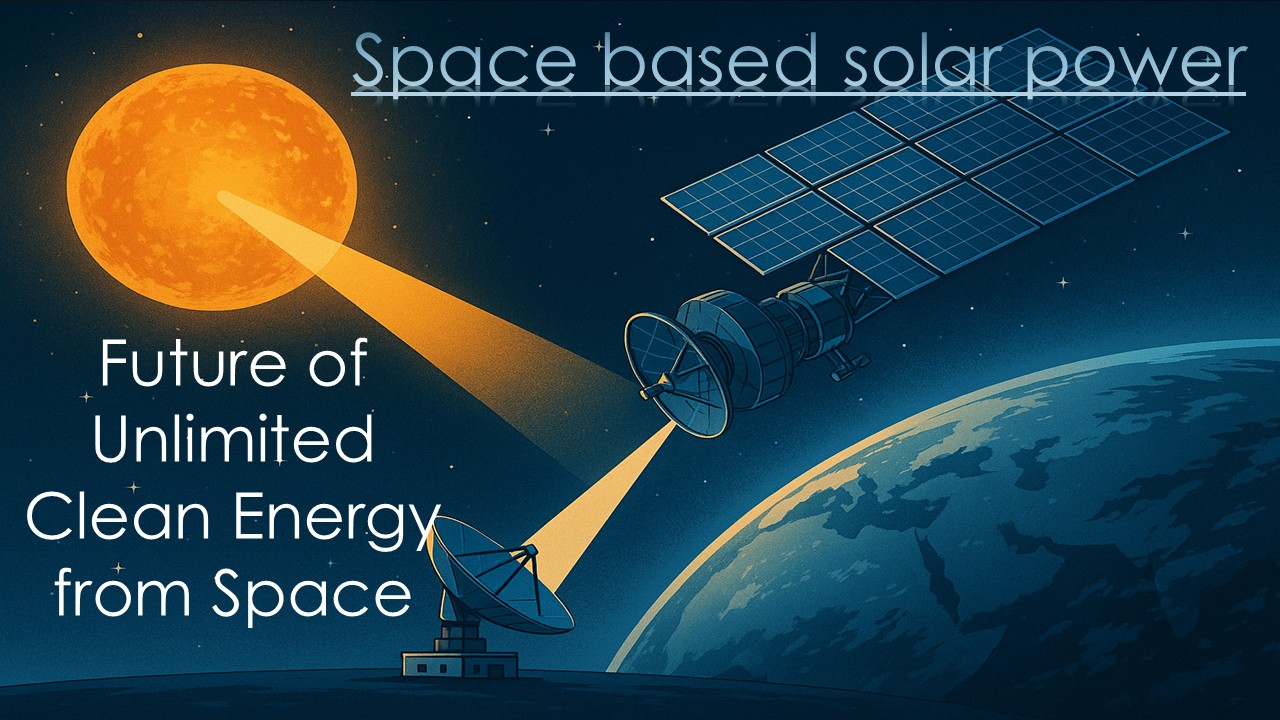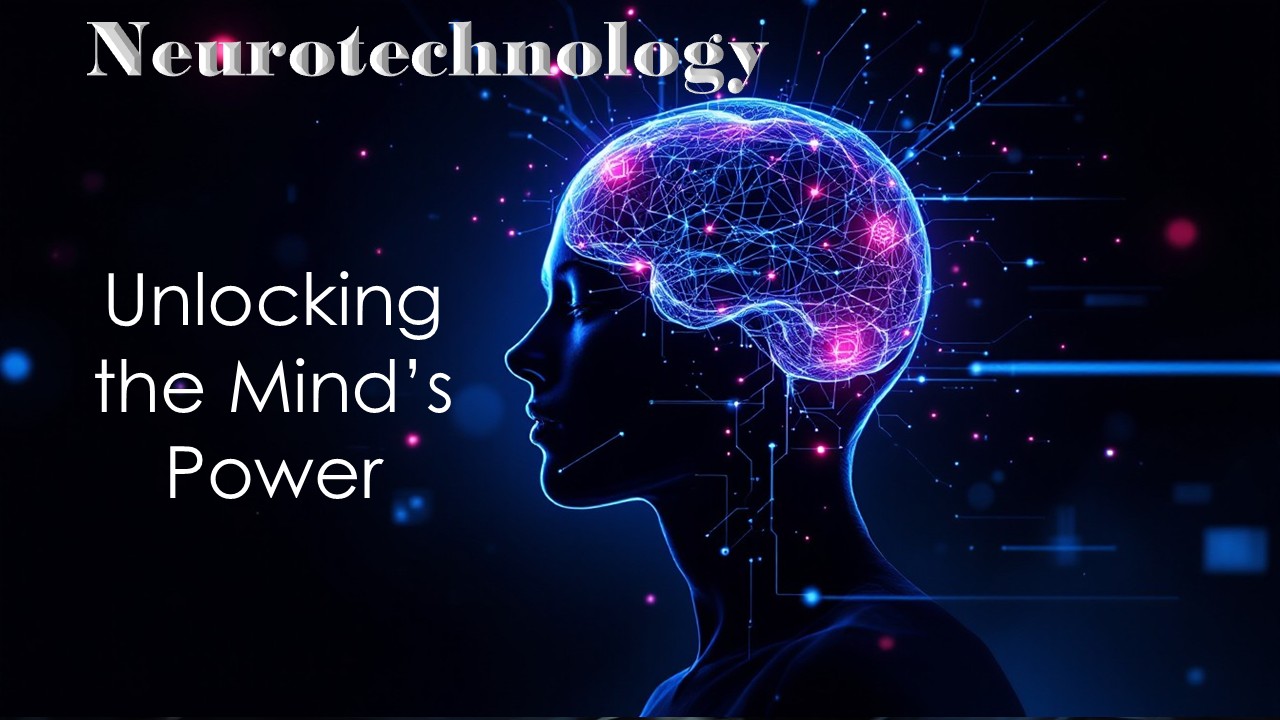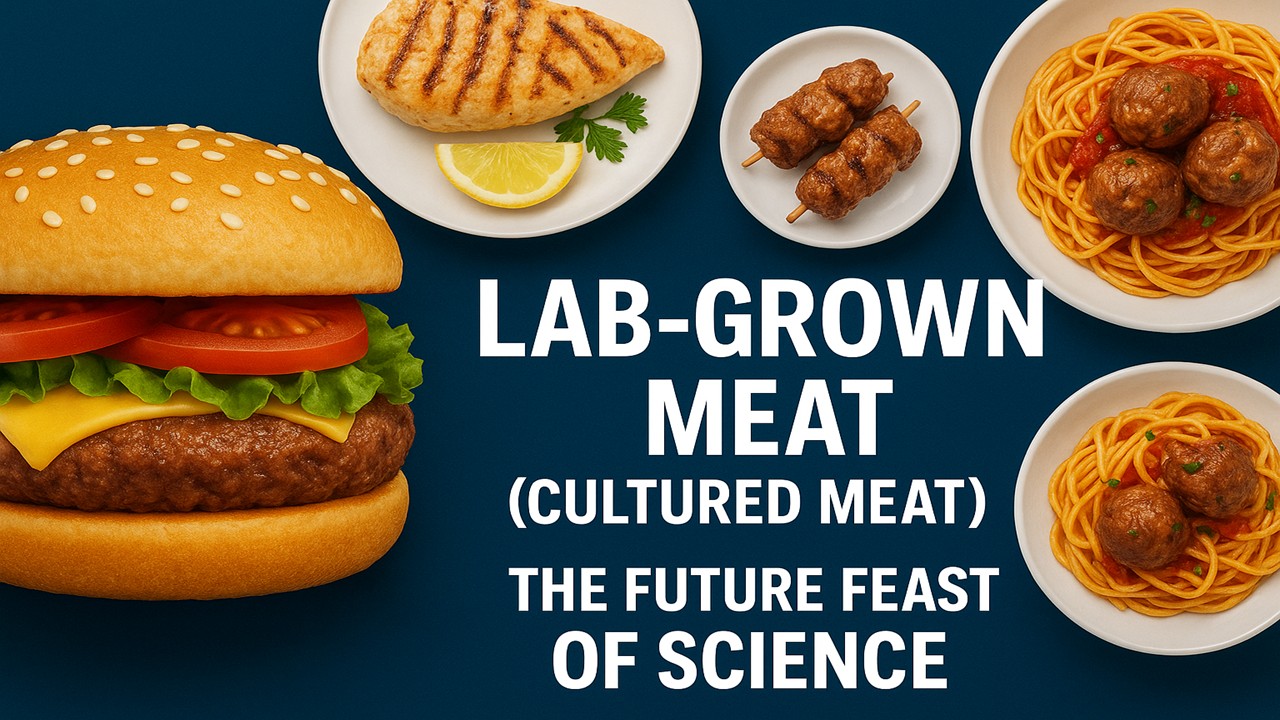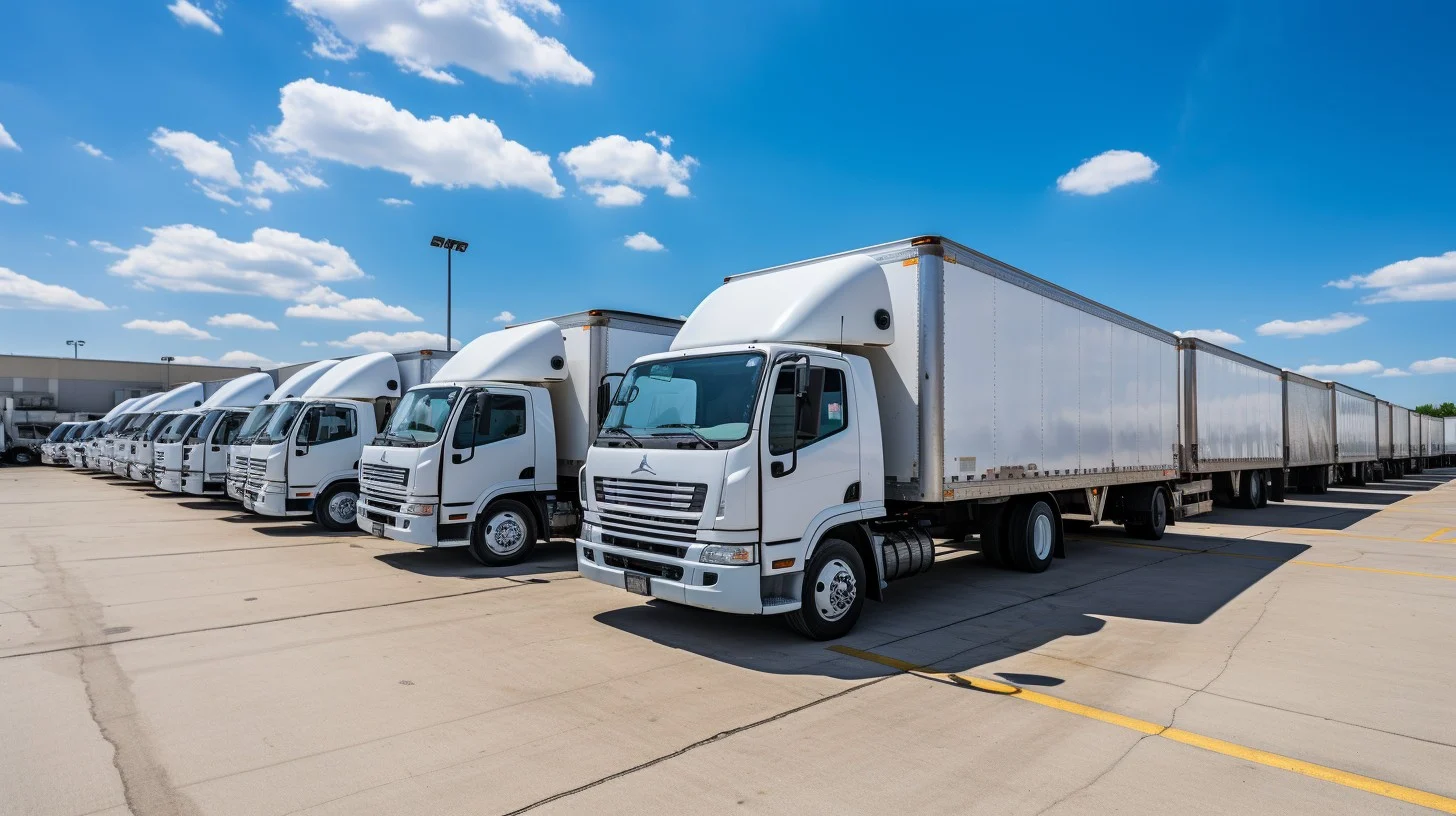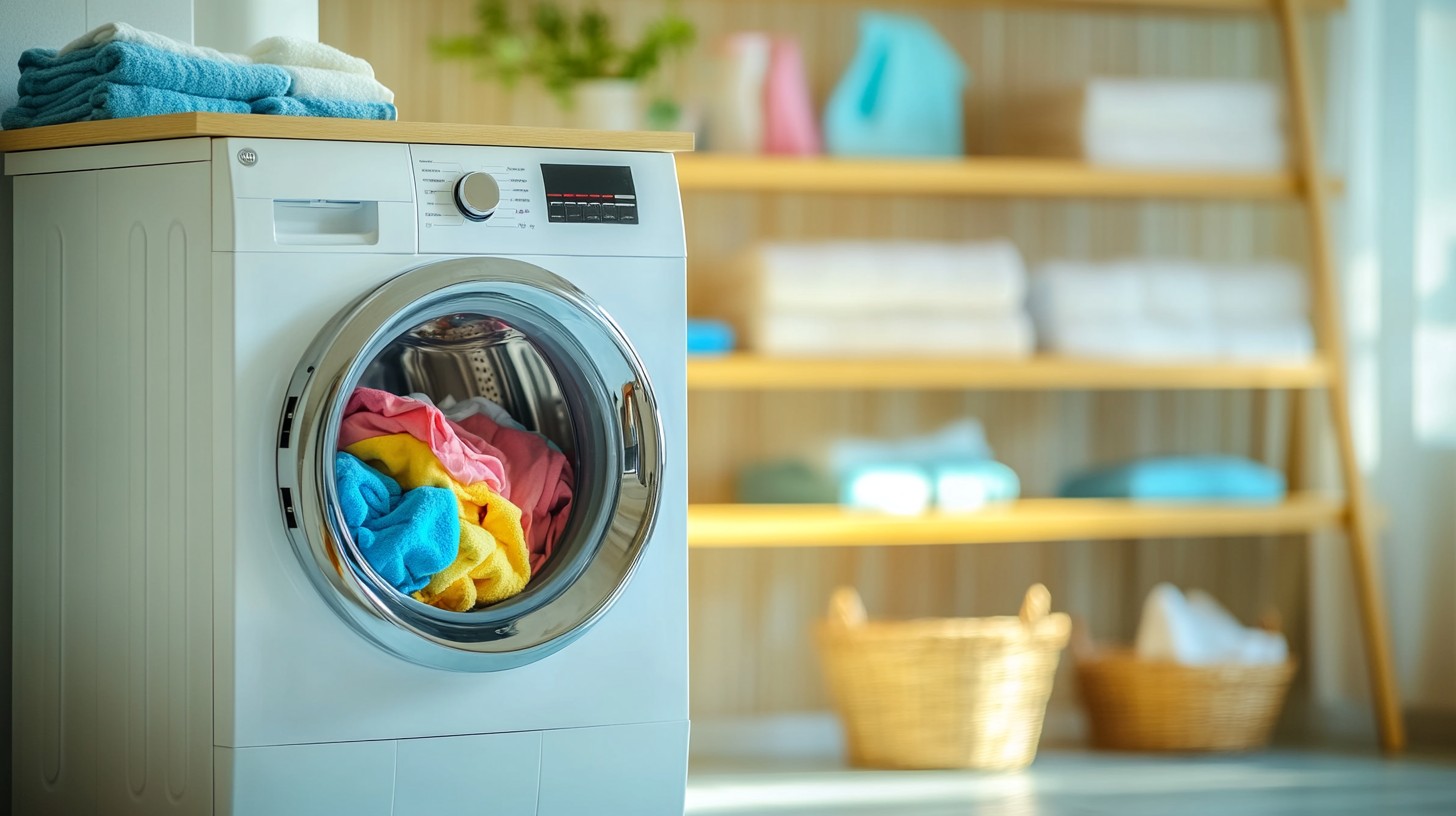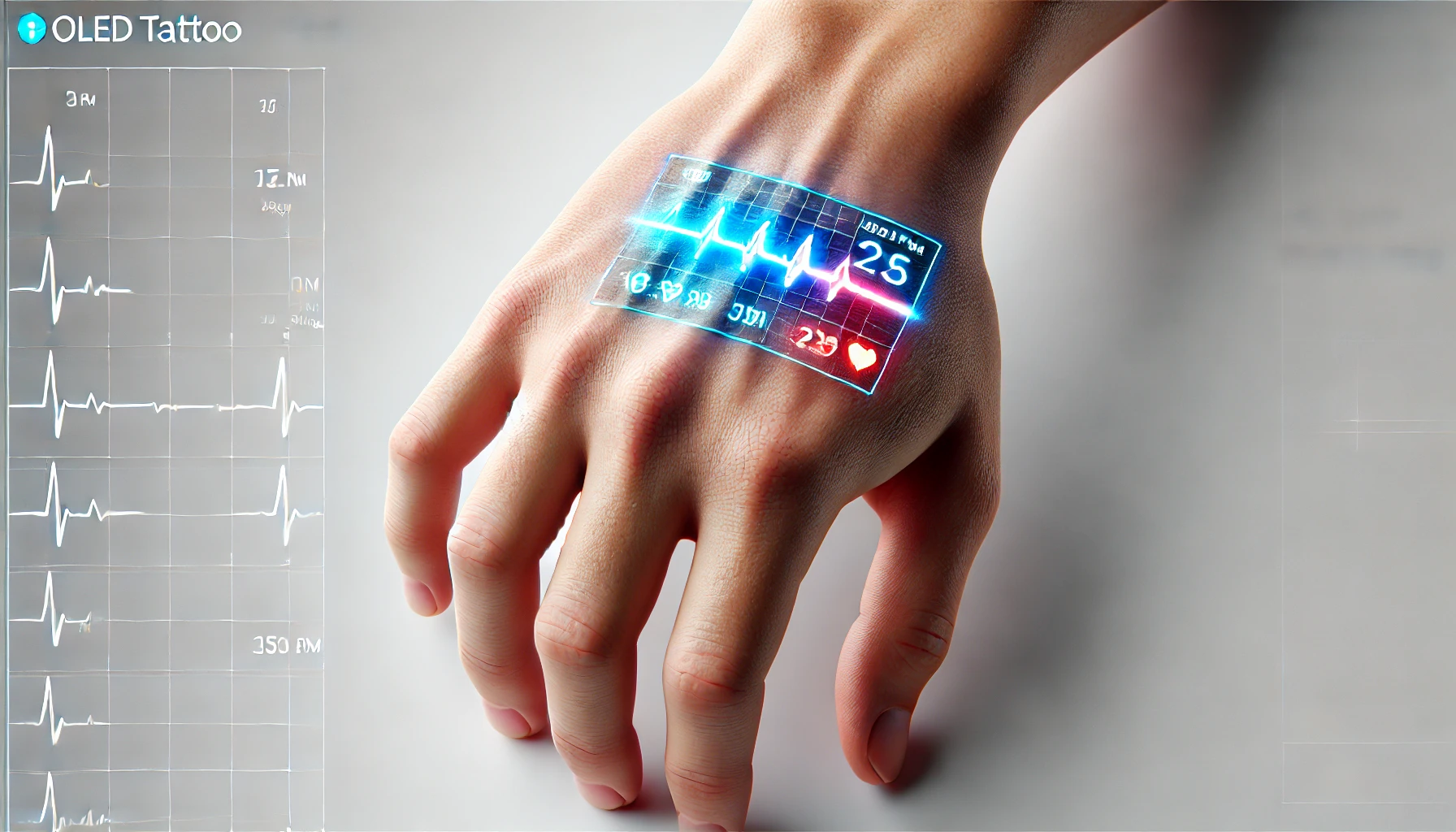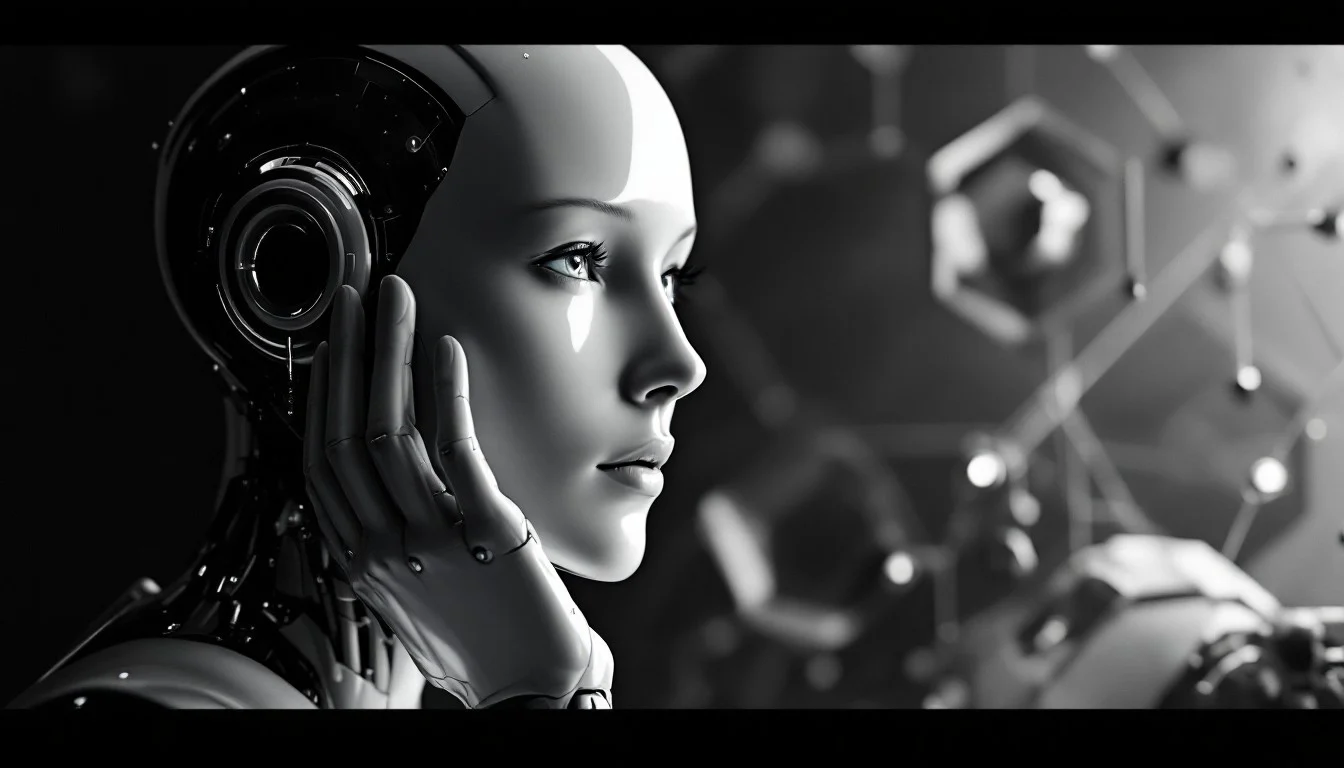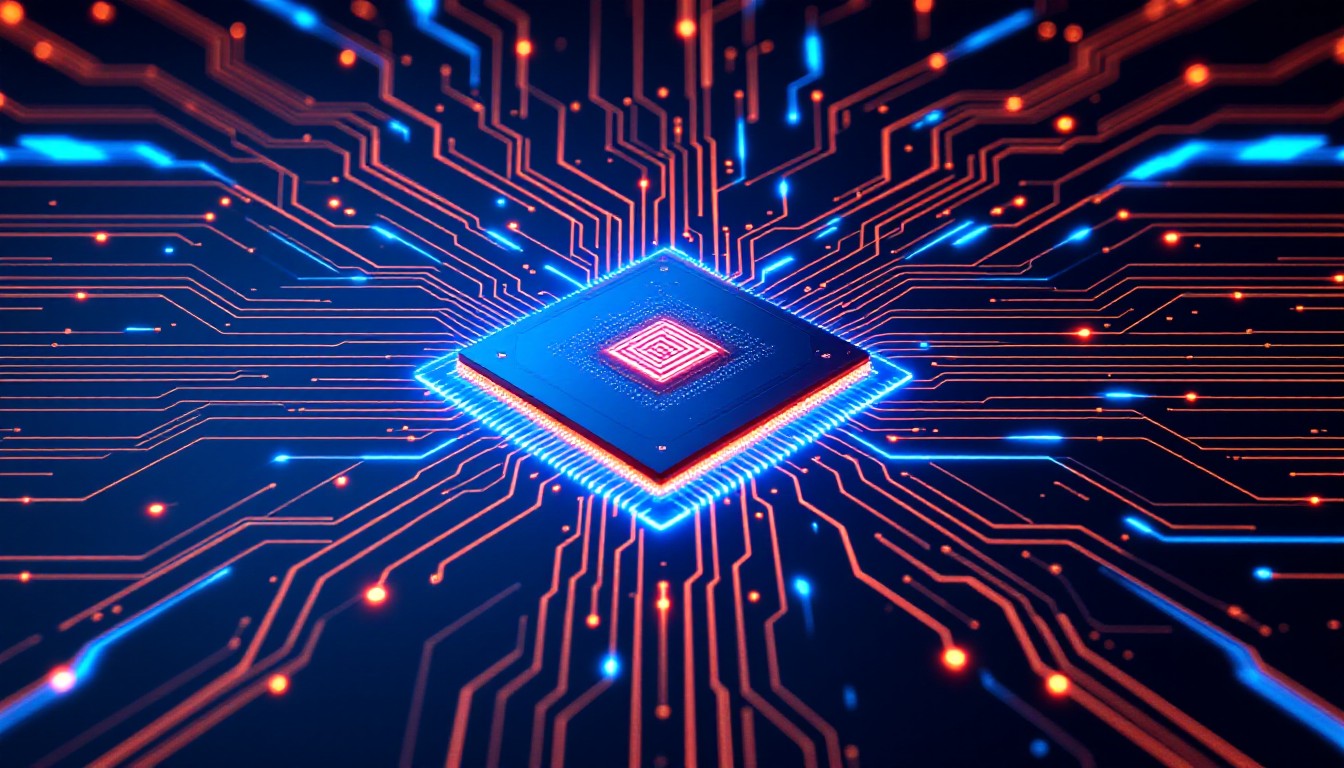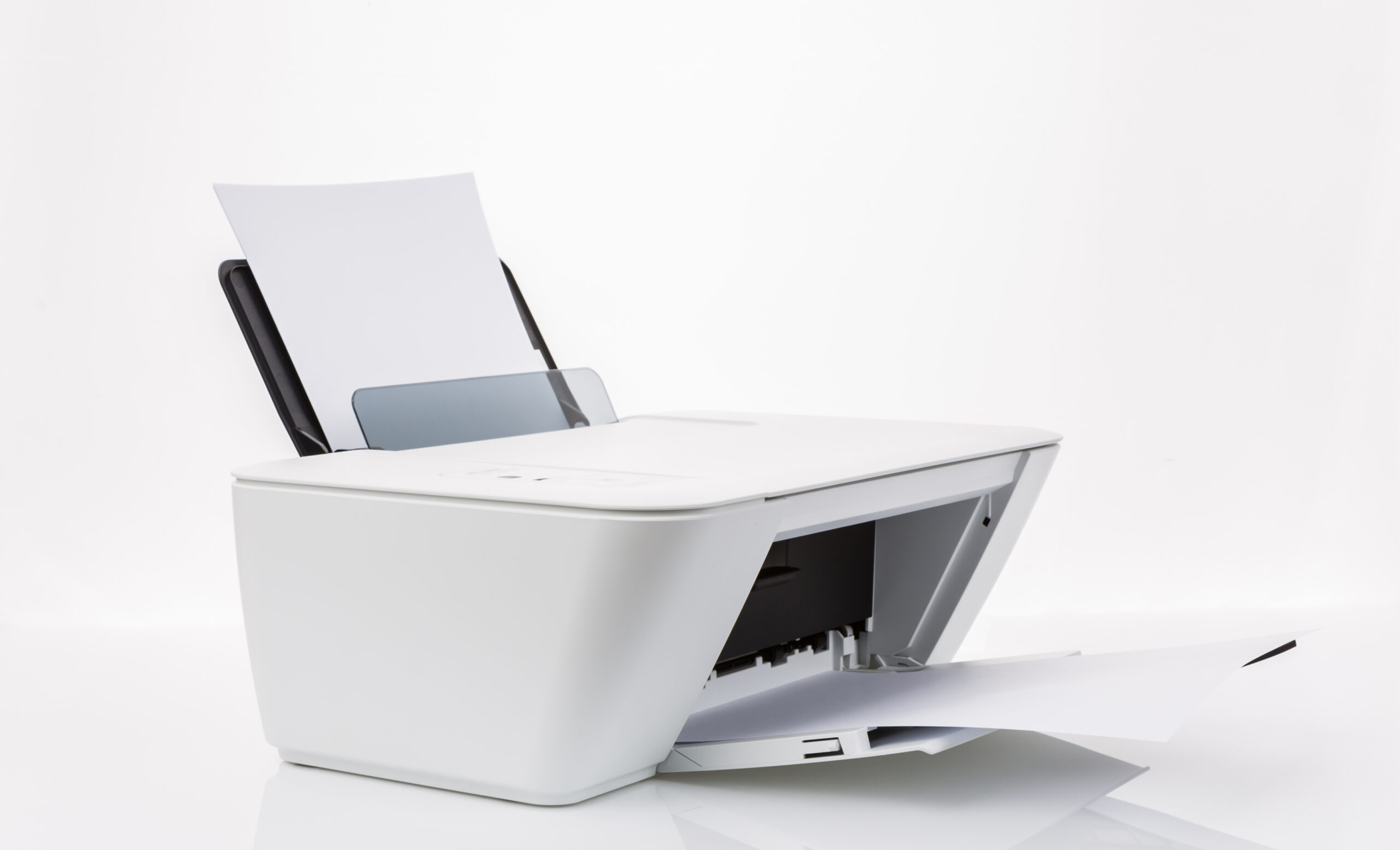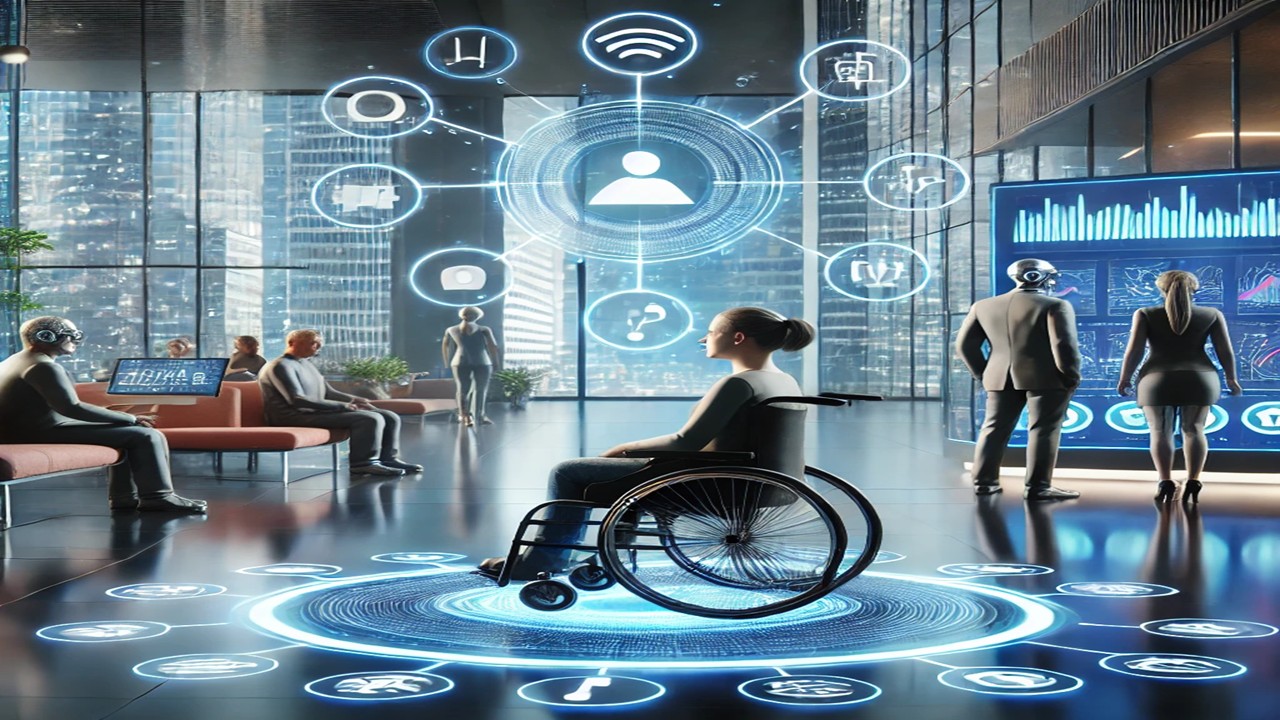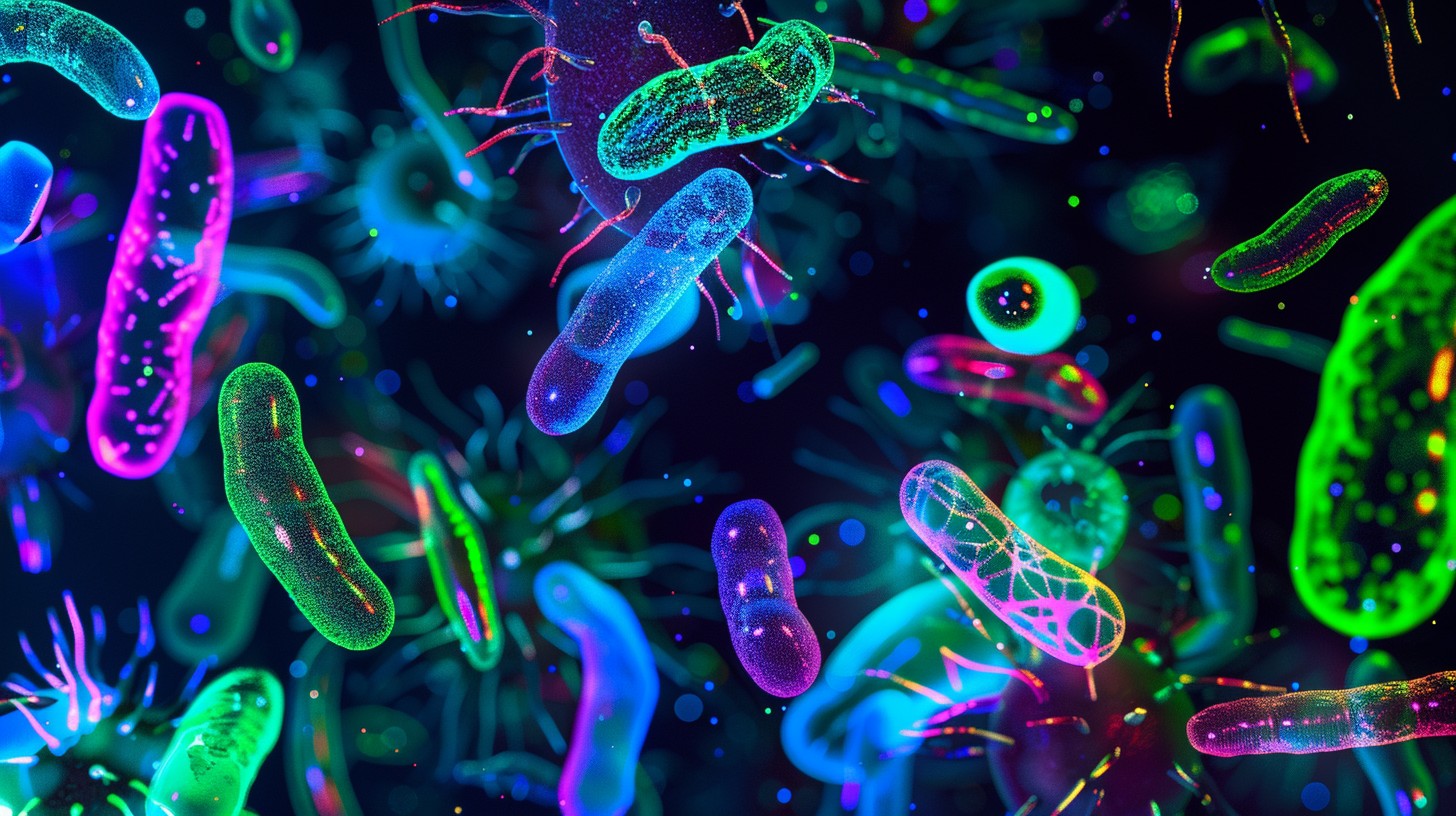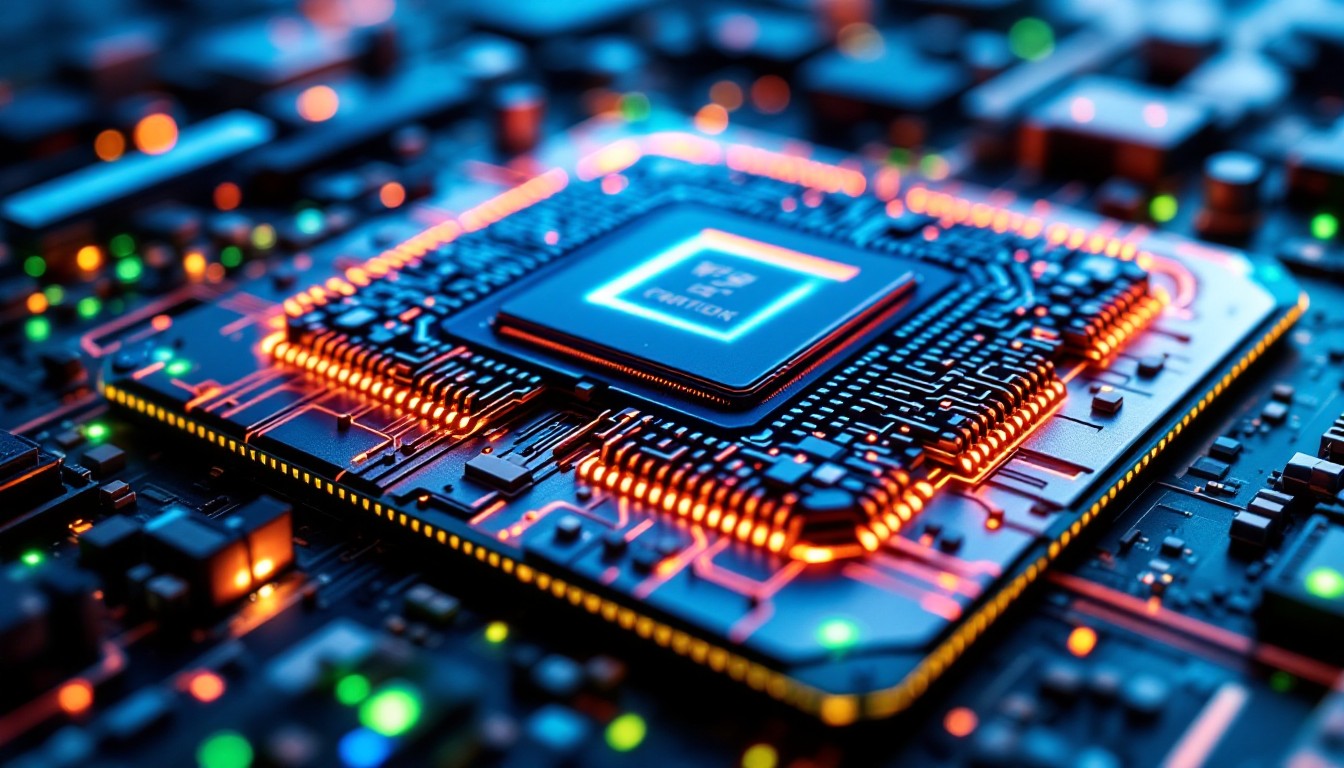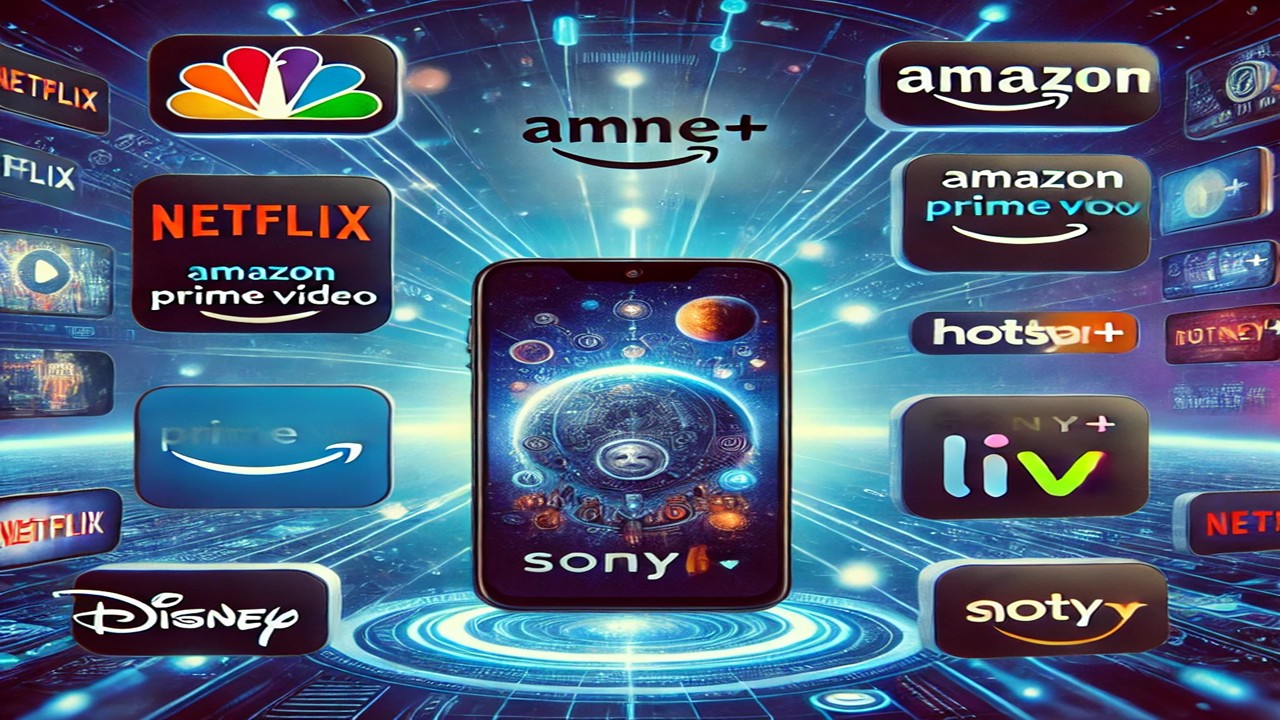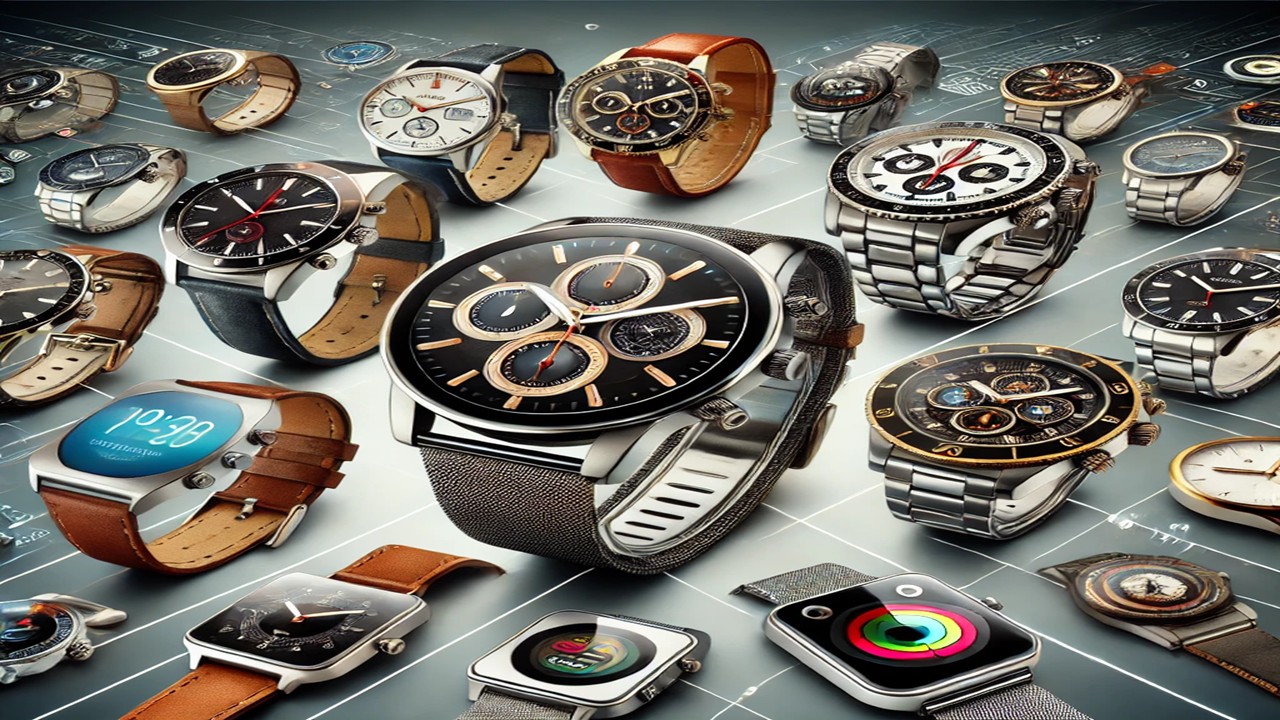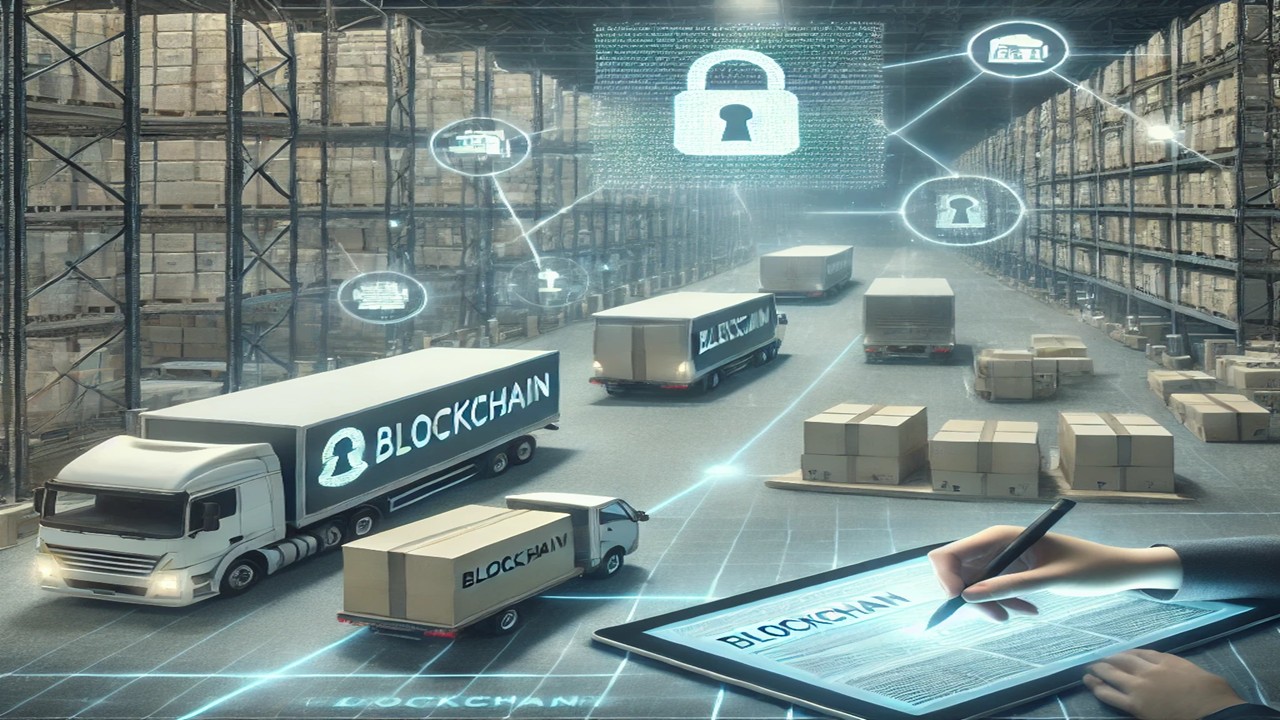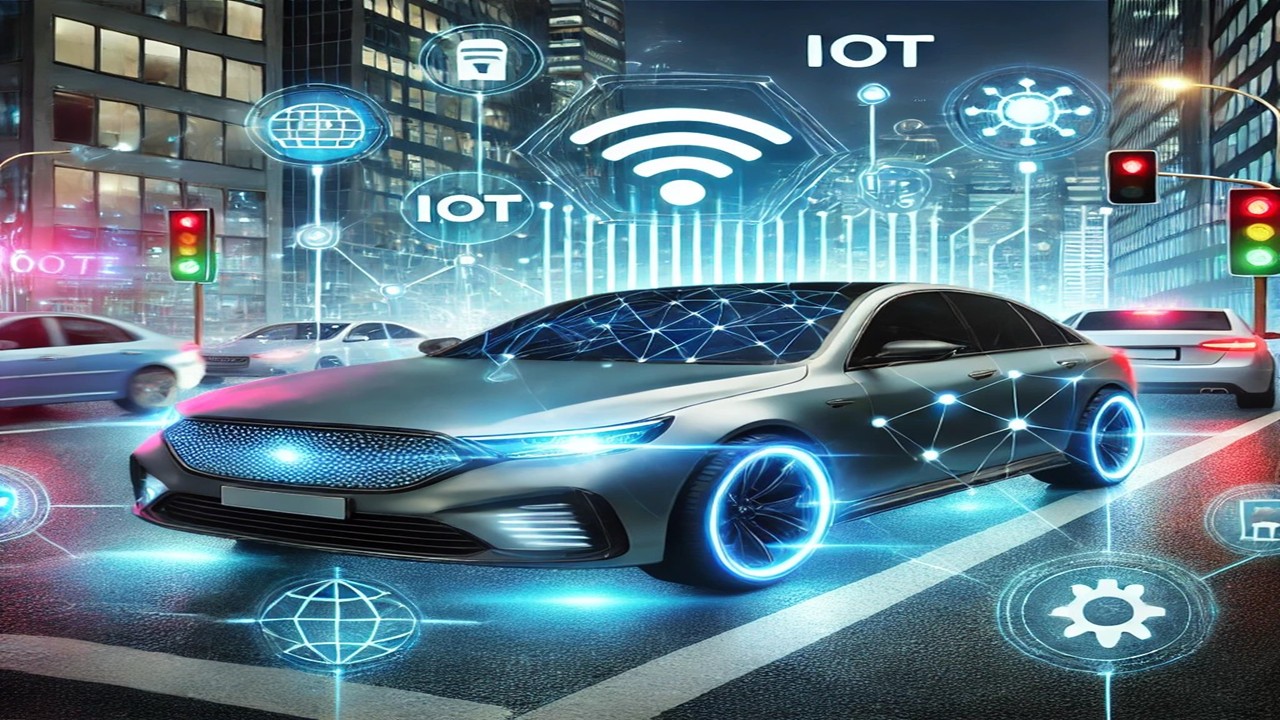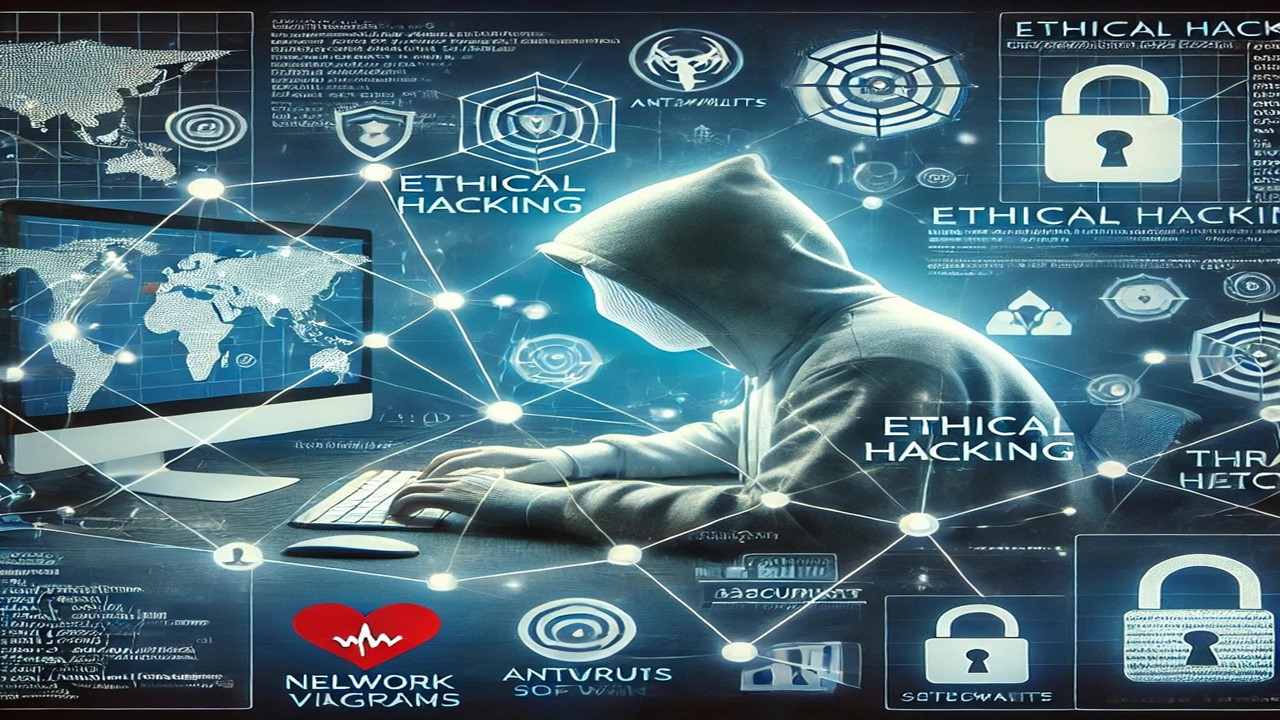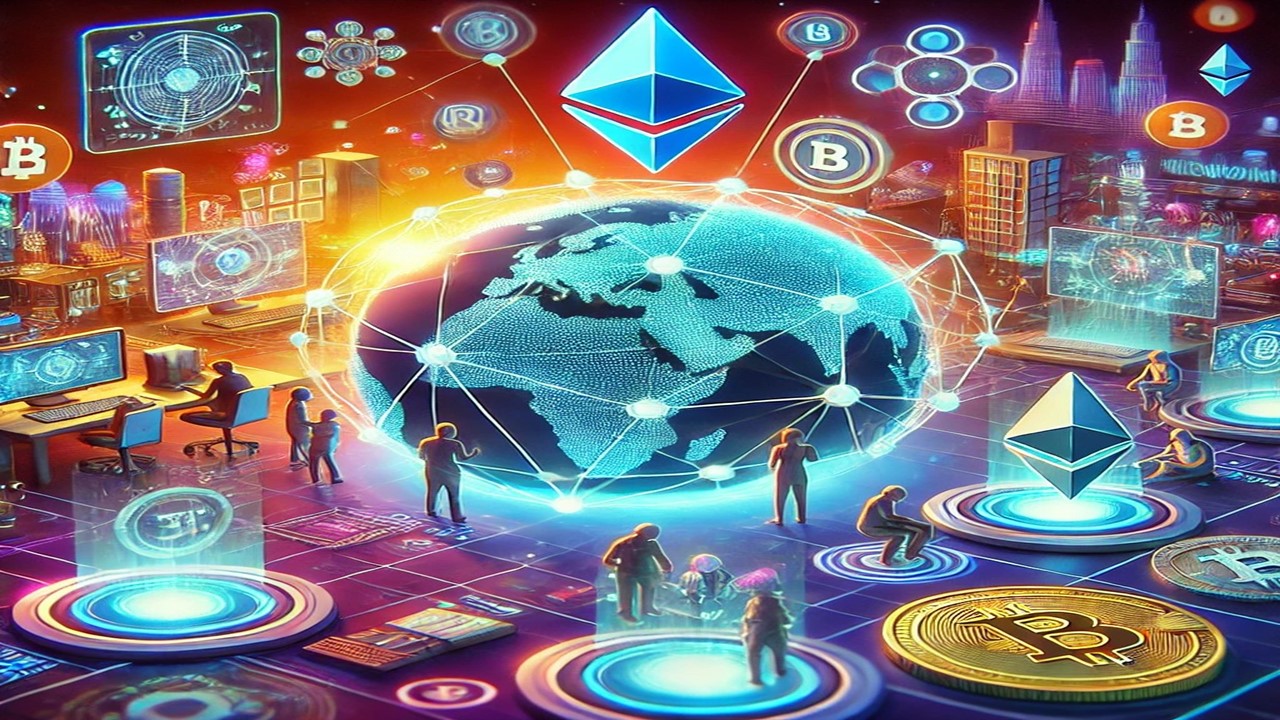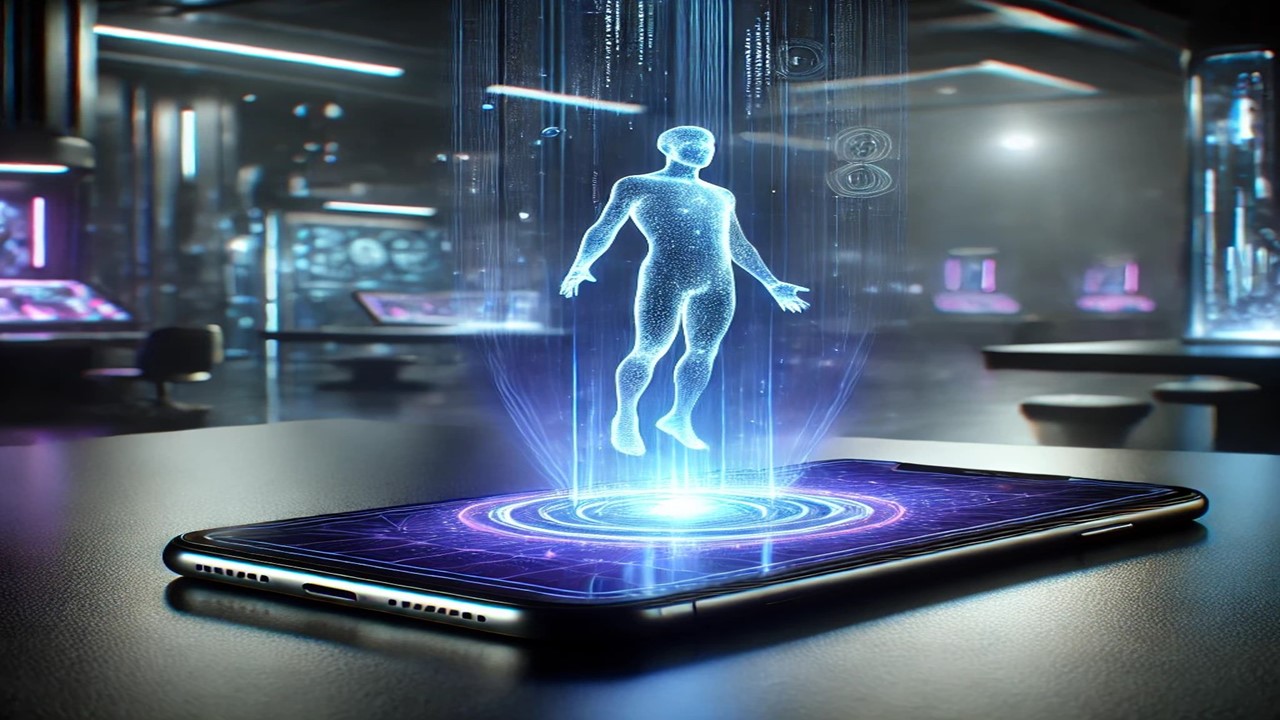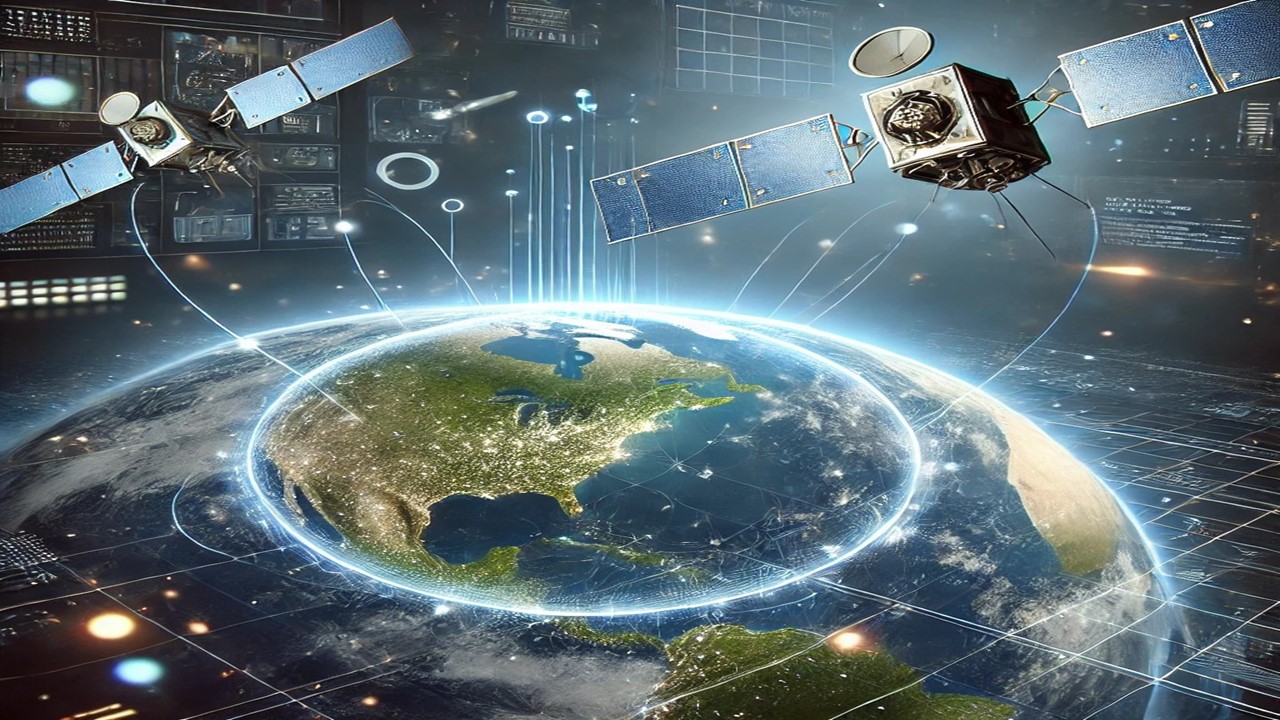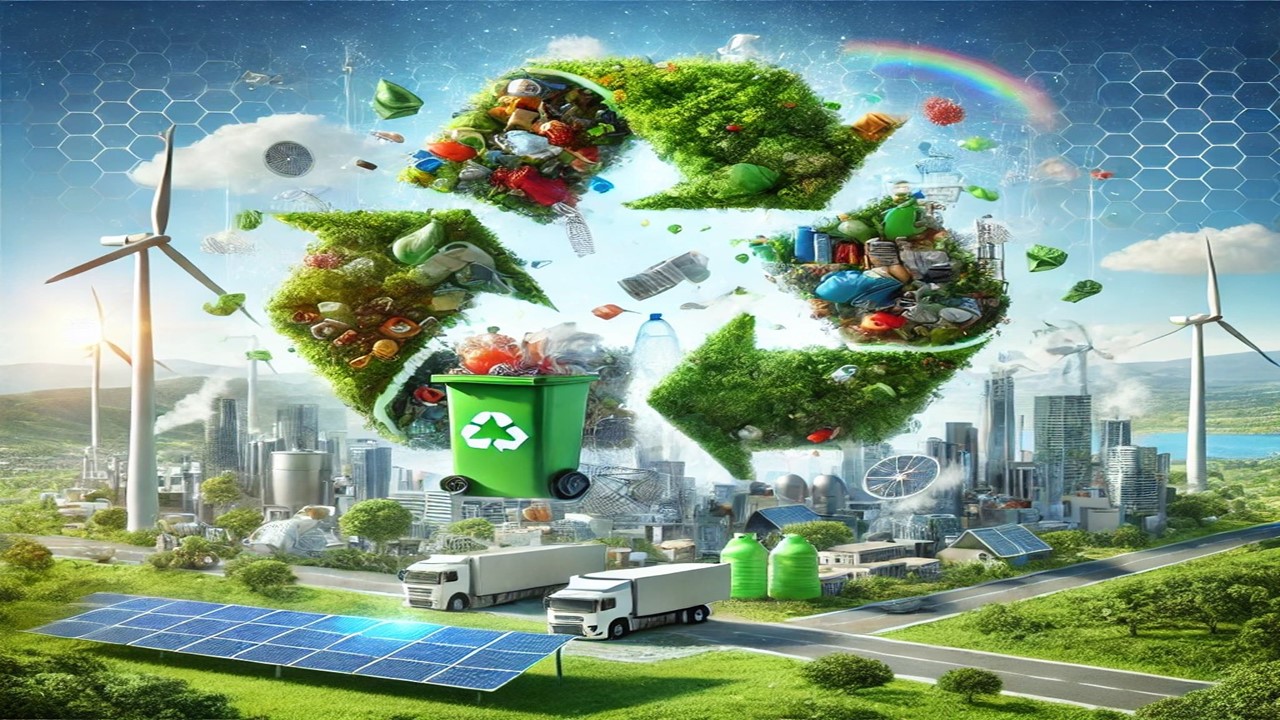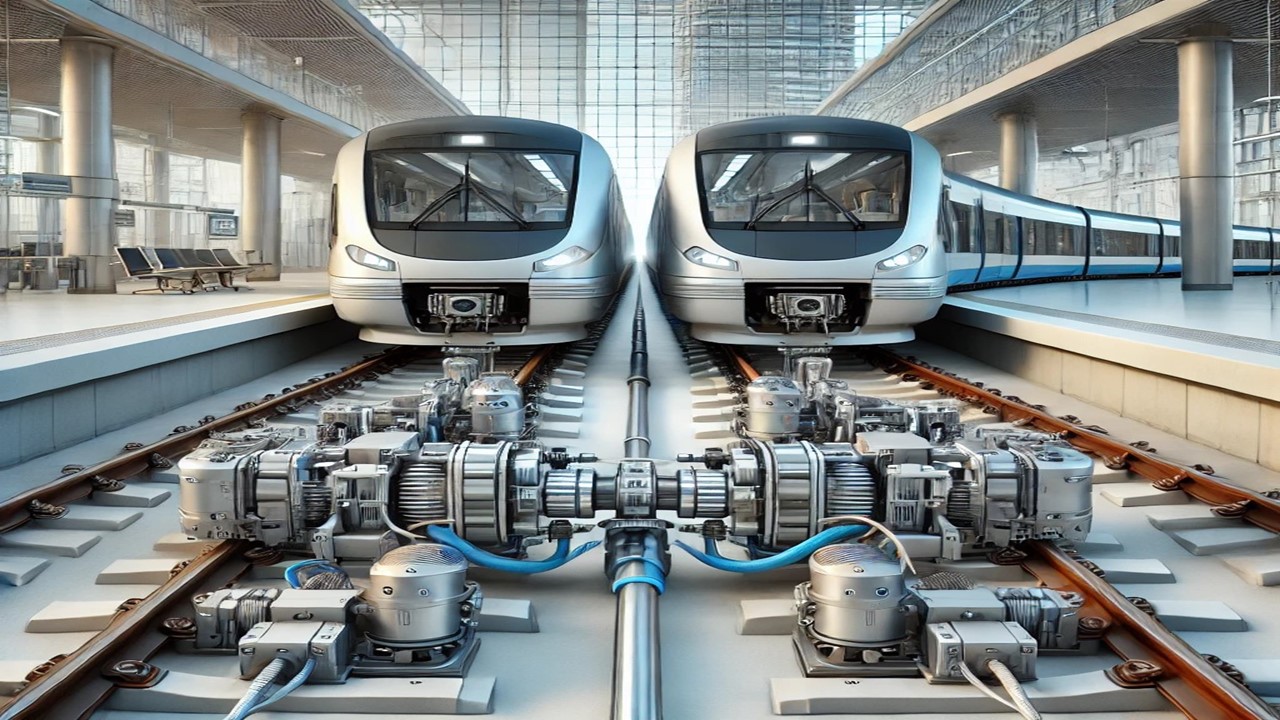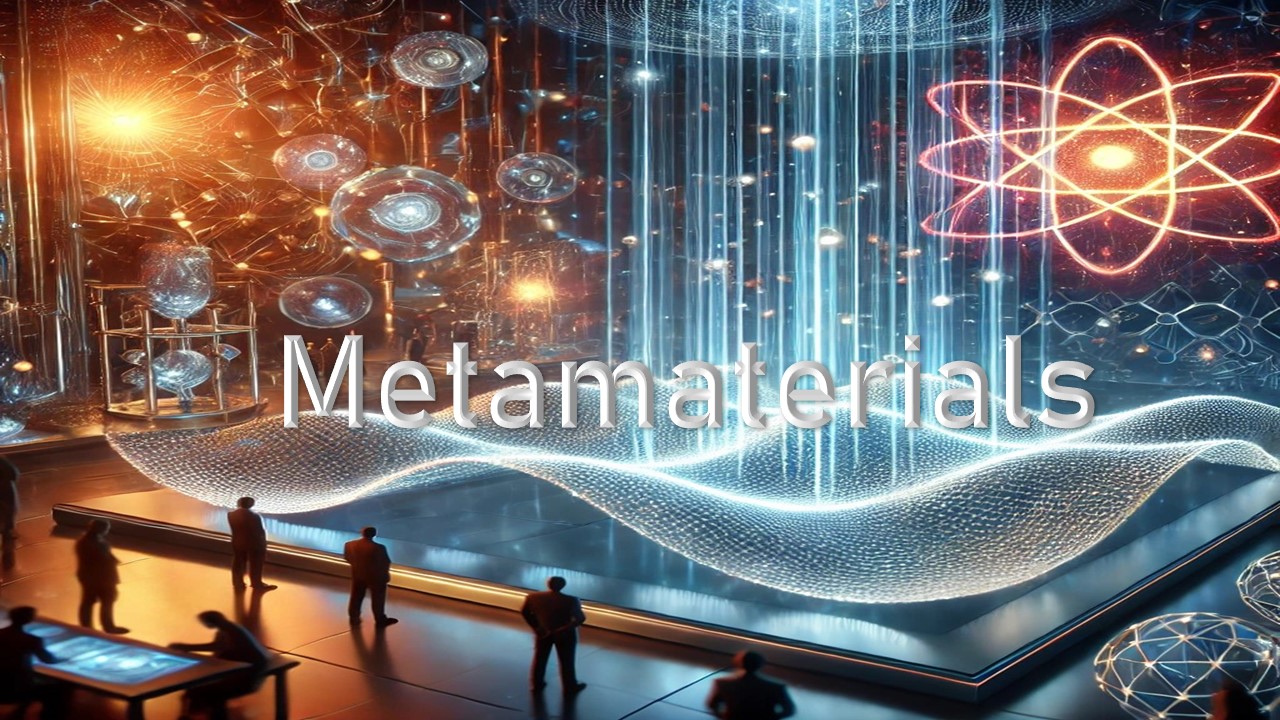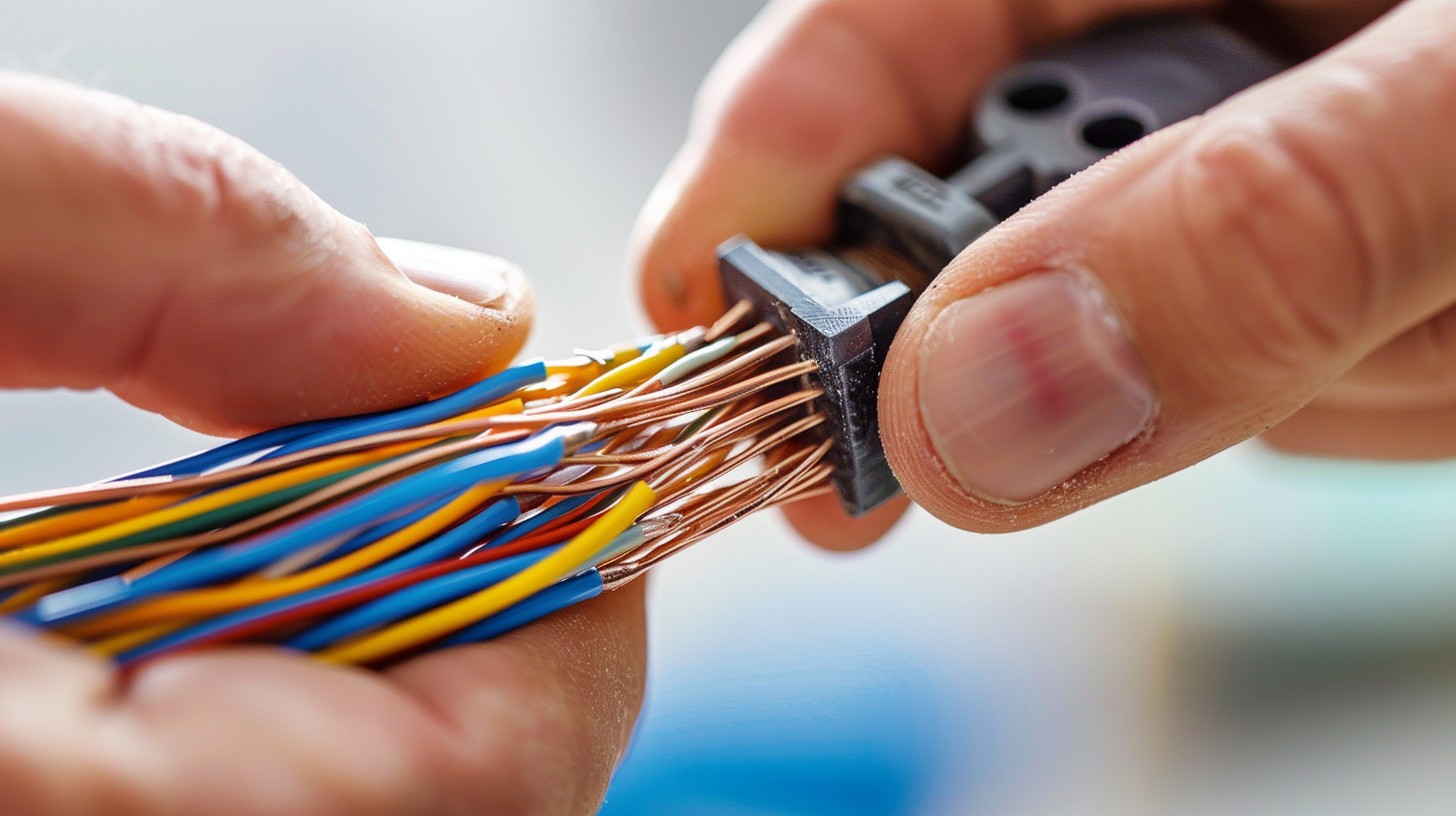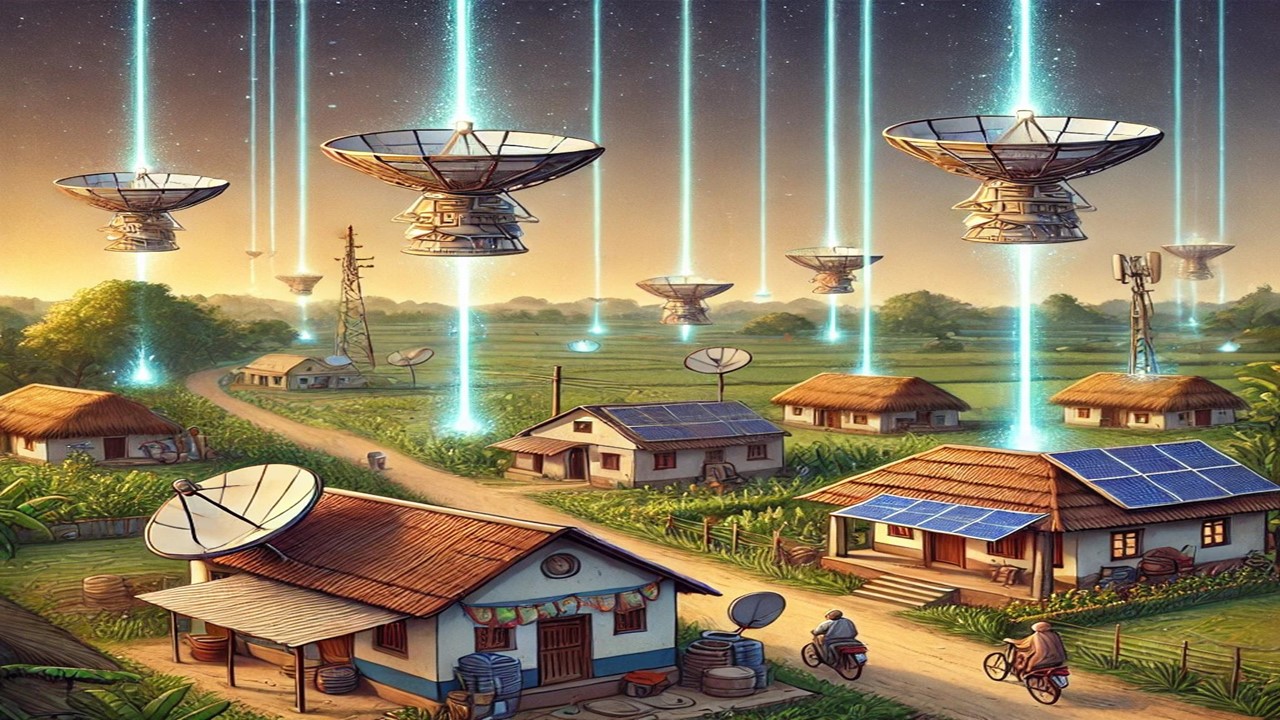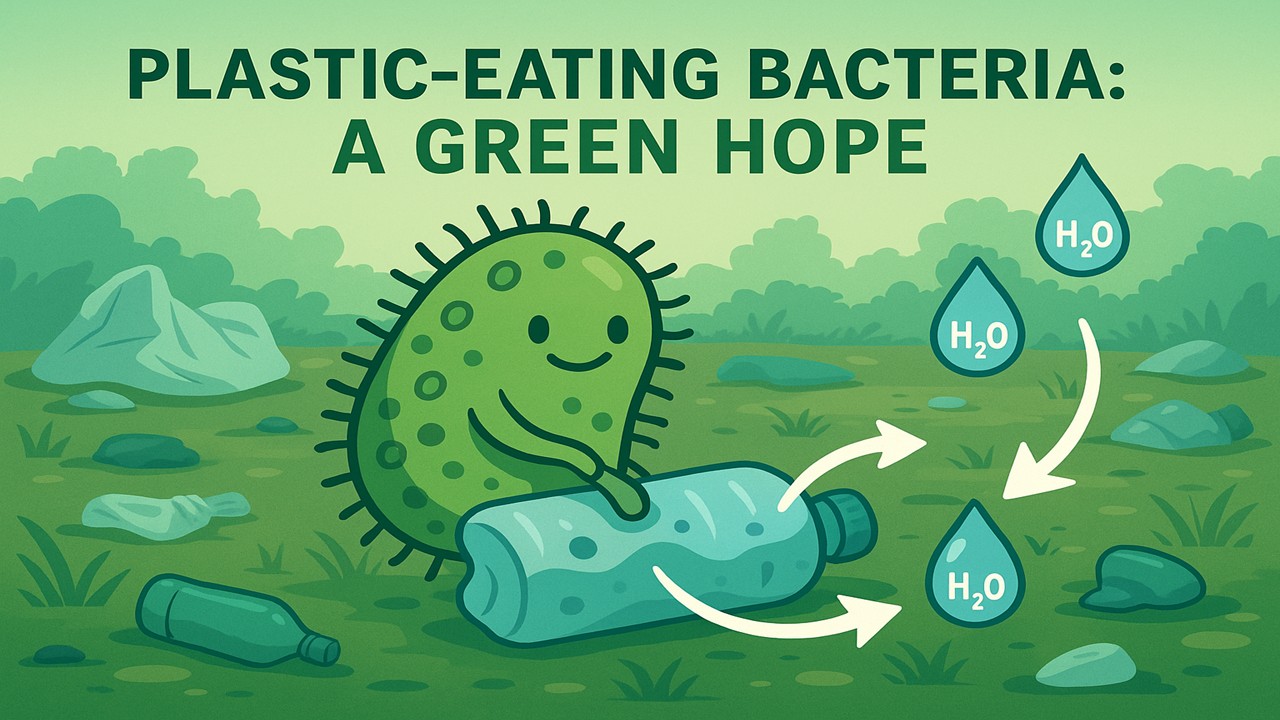
Plastic pollution has become one of the biggest threats to our planet. From oceans to mountains, plastic waste can be found everywhere. It takes hundreds of years to break down, harming animals, plants, and even humans. But now, scientists have discovered a surprising solution — plastic-eating bacteria. These tiny microbes have the power to consume plastic and turn it into harmless substances. Could this be the key to ending plastic pollution? Let’s find out.
🧫 Which Bacteria Can Eat Plastic?
In 2016, a group of Japanese scientists made a groundbreaking discovery. At a plastic recycling center in Sakai, Japan, they found a new species of bacteria named Ideonella sakaiensis. This bacteria was special — it had the ability to break down PET (Polyethylene Terephthalate), a common plastic used in water bottles and food containers.
Discovered by: Dr. Kohei Oda and his team
Location: Sakai, Japan
Year: 2016
🔬 How Does the Bacteria Work?
Ideonella sakaiensis uses special enzymes (PETase and MHETase) to break plastic into smaller chemical pieces.
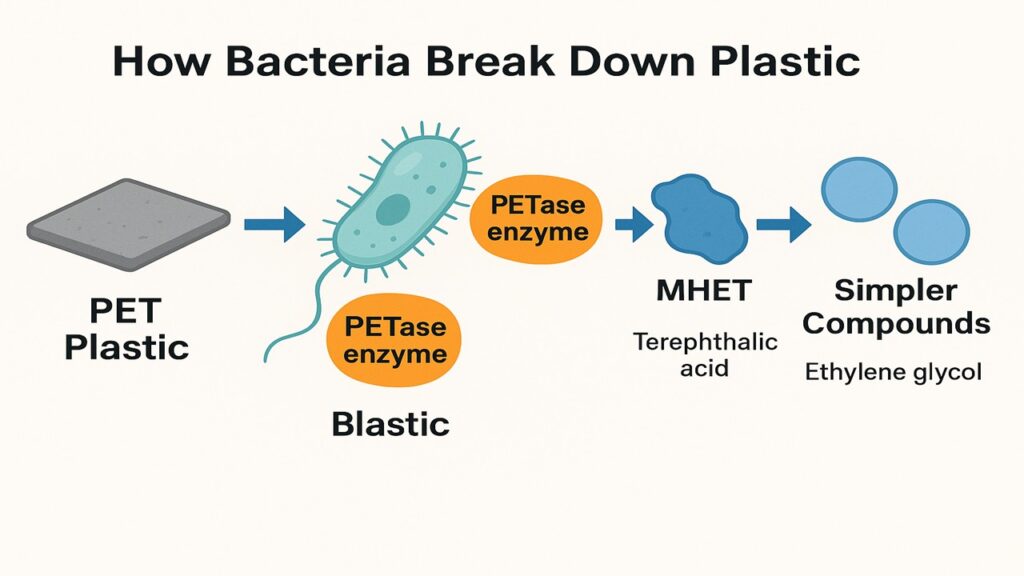
Step-by-step process:
- PETase enzyme breaks the plastic into an intermediate substance called MHET.
- MHETase enzyme further breaks MHET into two simpler compounds:
- Terephthalic acid
- Ethylene glycol
These compounds are then consumed by the bacteria for energy, and as a result, only harmless substances like water and carbon dioxide are released.
⏱️ How Long Does It Take?
Under ideal lab conditions, these bacteria can break down thin layers of PET plastic in a few weeks. However, real-world applications may take longer due to environmental factors.
What Are Scientists Doing Now?
Researchers are working to:
- Improve the speed of plastic breakdown by enhancing the bacteria’s enzymes using genetic engineering.
- Create industrial solutions using these bacteria for large-scale plastic waste management.
- Combine them with other natural systems to develop eco-friendly recycling processes.
In 2020, scientists also discovered a mutant version of PETase enzyme that works even faster than the natural one. The research is ongoing and showing great promise.
🌱 What Benefits Can We Expect in the Future?
If used on a large scale, plastic-eating bacteria could bring major benefits:
For the Environment:
- Reduction in plastic waste in oceans and landfills
- Less harm to animals and marine life
- Improved soil and water quality
For Humans:
- Cleaner surroundings
- Less risk of microplastics in food and water
- Opportunity to build green industries and create jobs
🎯A Step Toward a Plastic-Free World
Plastic-eating bacteria might seem like science fiction, but they are real and working solutions that bring hope in the fight against pollution. While we still have a long way to go before this technology is fully used worldwide, the discovery of bacteria like Ideonella sakaiensis is a powerful reminder that nature often holds the answers to man-made problems.
If we support scientific innovation and adopt eco-friendly practices, a cleaner and greener future is not just possible — it’s within reach.

